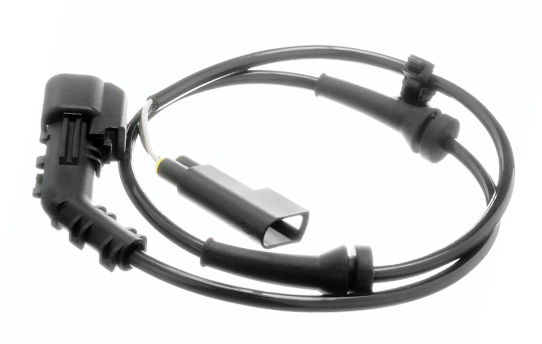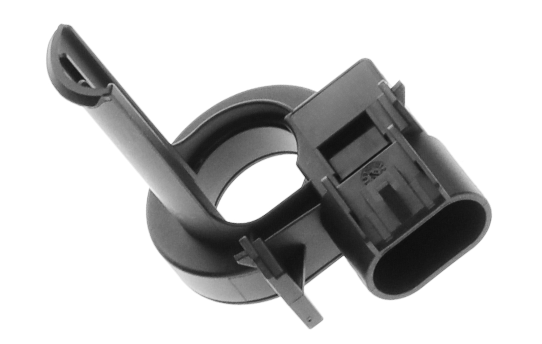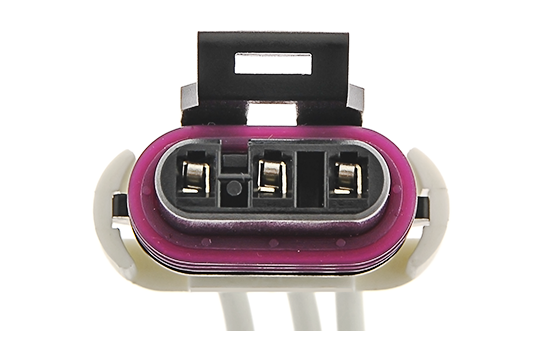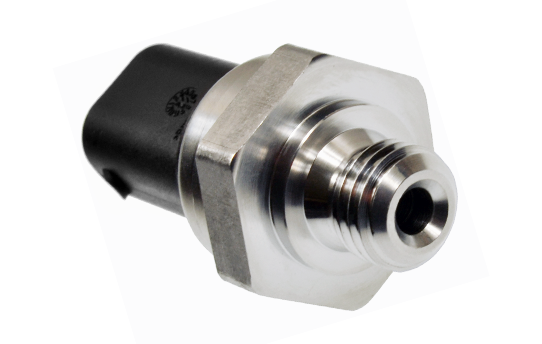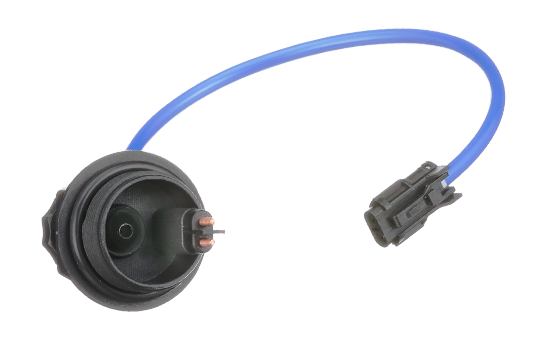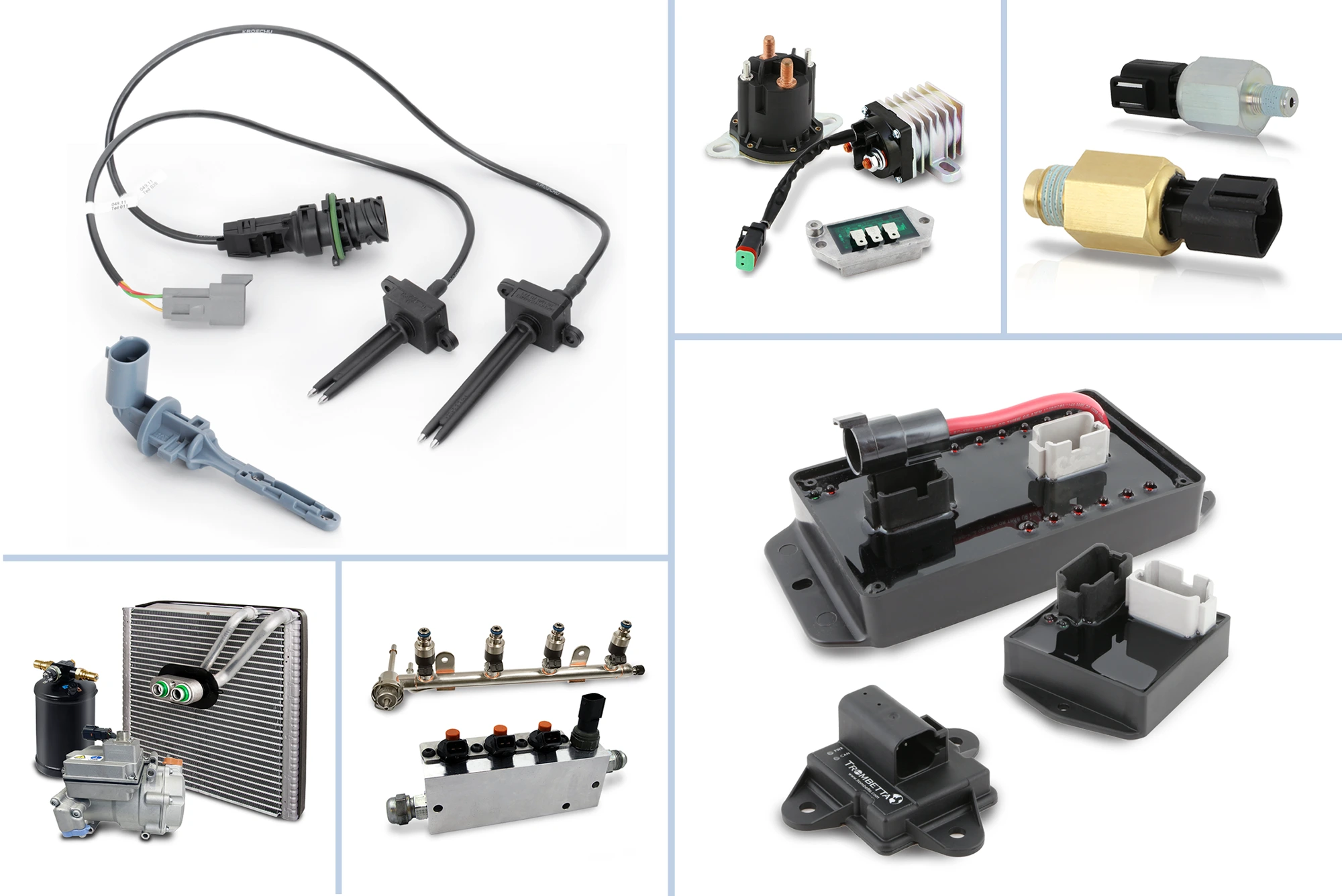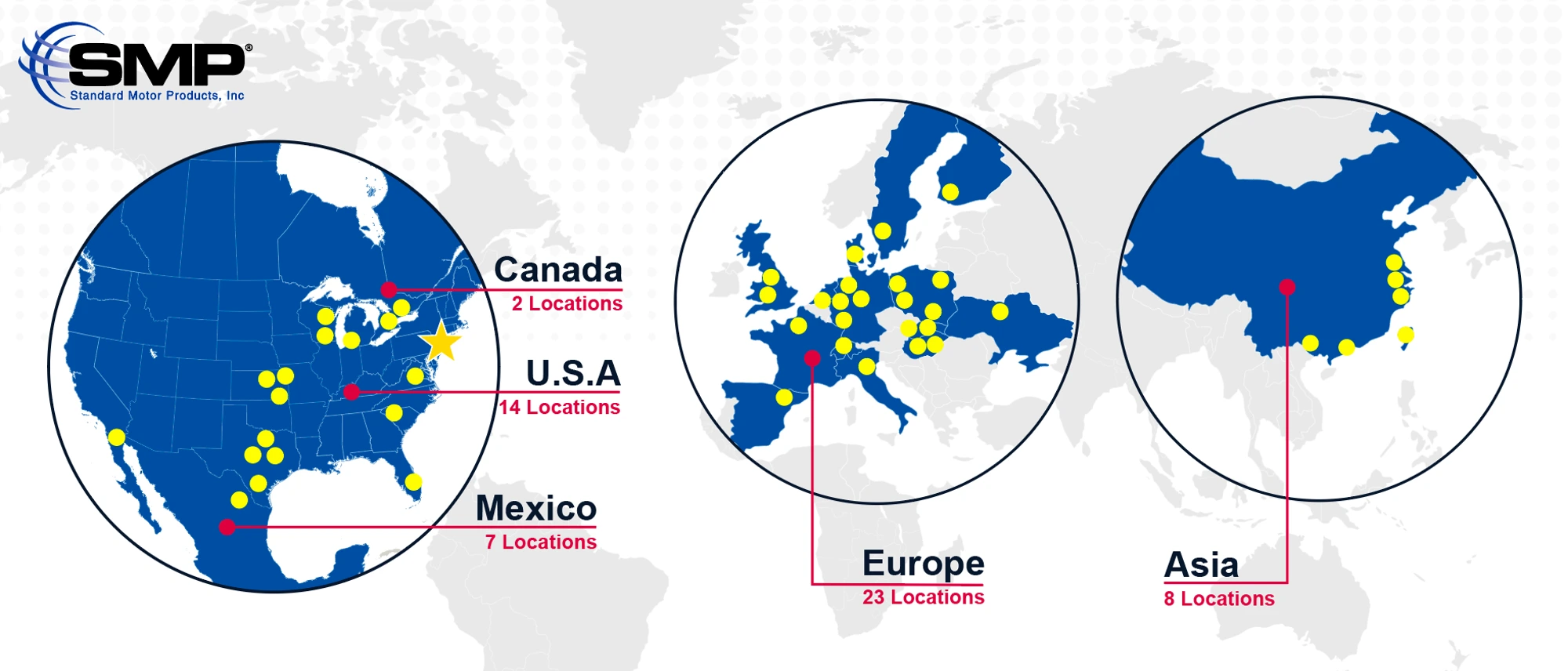What's in Your Box?™
Sensor Program
Modern vehicles are equipped with more sensors than ever before. Standard’s line of state-of-the-art Sensors are designed for speed, accuracy and durability to provide today’s vehicles systems with the information they require.
3 Things To Know
9,000+ Sensors
Standard® offers more than 9,000 different Sensors covering over 80 categories.
2,600+ ABS Sensors
Standard® has more than 2,600 ABS Speed Sensors, representing 700 million repair opportunities.
Speed, Accuracy & Durability
Our Sensors are designed specifically for speed, accuracy, and durability, delivering the data that vehicles need in real-time to keep every system operating as designed.
Standard® Has Sensors Covered
Coverage
Comprehensive Coverage
Standard® offers more than 80 different types of Sensors across multiple categories. The Standard® Sensors Program includes Chassis and Drivetrain Sensors, Fluid Level Sensors, Fuel Sensors, Position Sensors, Temperature Sensors, Pressure Sensors, ADAS Sensors, and more. Standard® Sensors are engineered and tested for precision and will integrate correctly with the complex systems on today’s vehicles.
- Standard® manufactures sensors in our own IATF 1649, ISO 9001, and ISO14001-certified facilities.
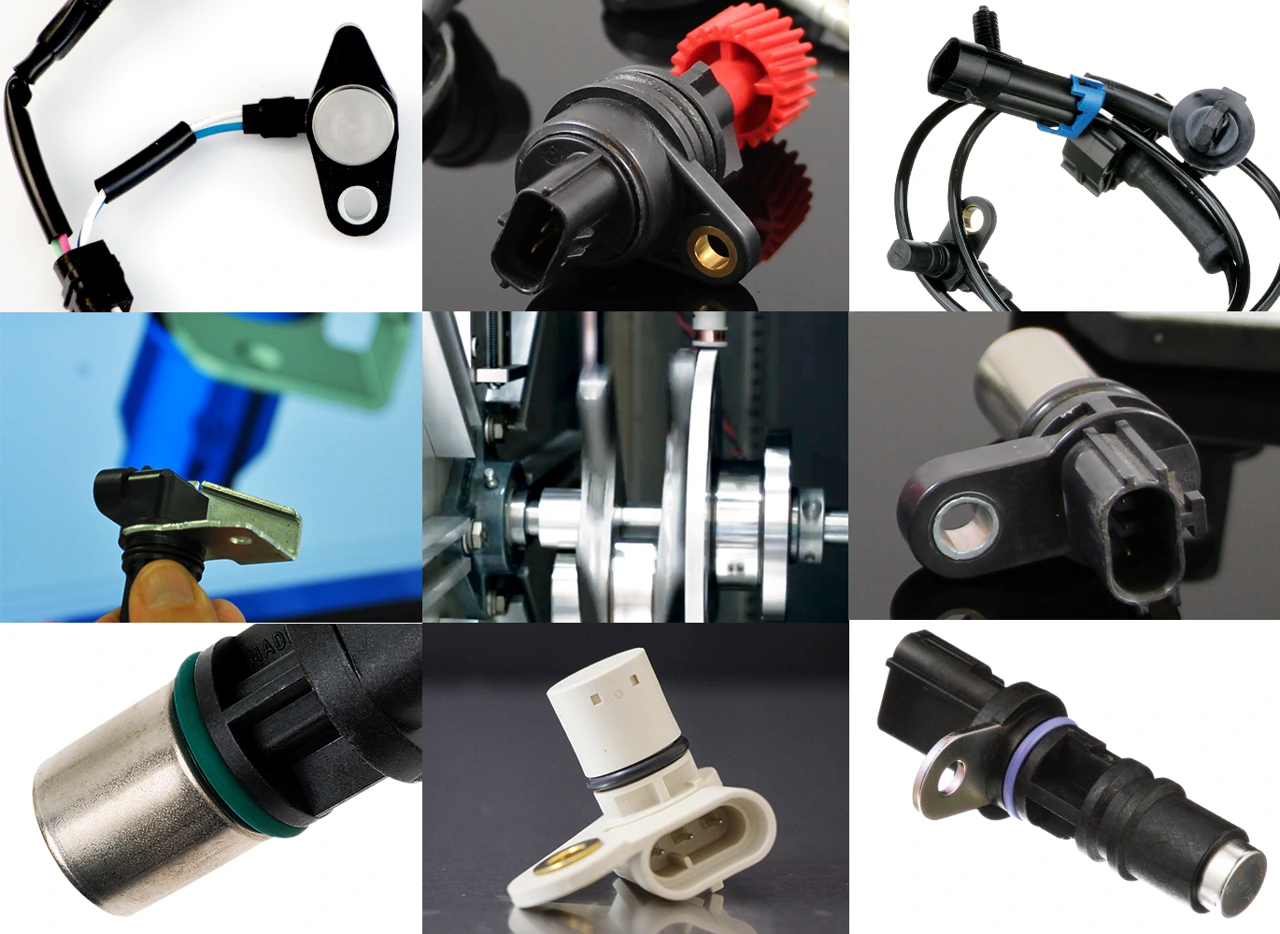
Market
Growing Market
Modern vehicles are equipped with more sensors than ever. Electronic safety systems and a focus on reducing emissions has created entirely new categories of sensors that were unimaginable 20 years ago. The number of sensors on modern vehicles will continue to grow regardless of powertrain, resulting in more and more service opportunities. As an expert manufacturer of sensors, we have these growing categories covered.
For instance, Standard has nearly two times the Sensors for a 2018 Ford F-150 compared to a 2000 model.
- Many modern turbocharged engines utilize both MAP (Manifold Absolute Pressure) and MAF (Mass Air Flow) sensors to provide the vehicle’s computer with precise information.
Standard® Ford F-150 Sensor Coverage
Service Opportunities
Service Opportunities
There has already been one recall (2003) and multiple TSBs issued by Nissan and Infiniti regarding issues with camshaft position sensors. These OE issues have been widely reported by technicians in professional forums. Our Blue Streak® Camshaft Sensor Kits address this high-OE-failure opportunity and include both of the required Camshaft Sensors and high-temp connectors for a complete repair solution.
Pictured: PC460K Nissan / Infiniti Cars & SUVs (2018-02)
- Some modern vehicles have up to four camshaft sensors. For optimal ignition timing and fuel injector synchronization, experts recommend replacing them in complete sets.
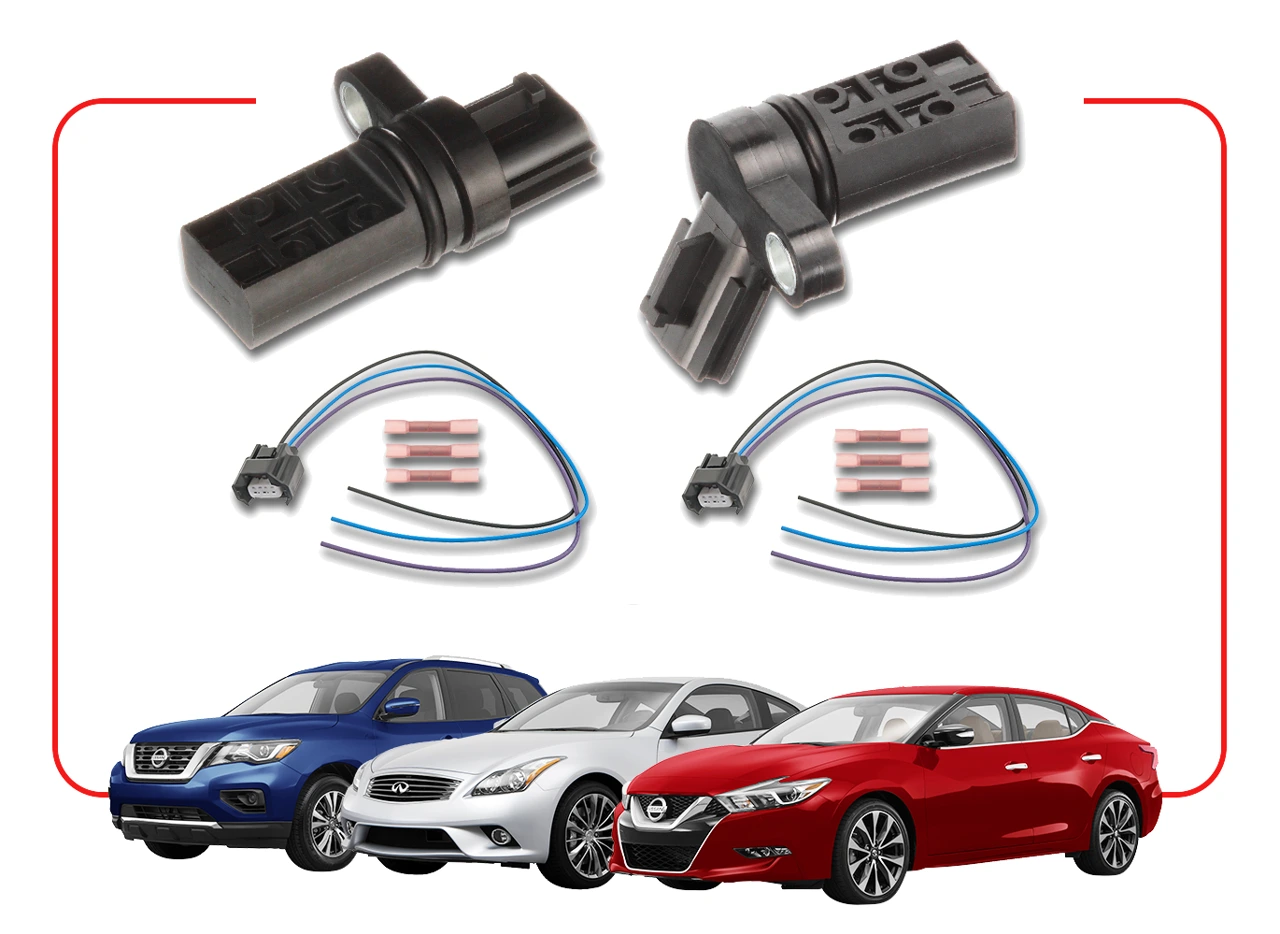
Engineering & Design
Engineering
The sensors found on new vehicles are becoming more and more complex. Standard® is committed to engineering sensors that work exactly as the OE intended. For example, in addition to ABS speed sensors on some newer vehicles measuring the speed of each wheel, they also monitor the direction in which the wheel is rotating. A unique signal is sent to the ECU when a wheel is rotating backwards, letting the vehicle know the speed and direction of that wheel. Electronic safety systems utilize this data to help keep vehicle occupants safe. Standard® engineers ABS Sensors that match the performance of the original while many aftermarket alternatives are not capable of measuring the directional rotation of the wheel.
- Standard® has more than 2,600 ABS Speed Sensors, representing 700 million repair opportunities.
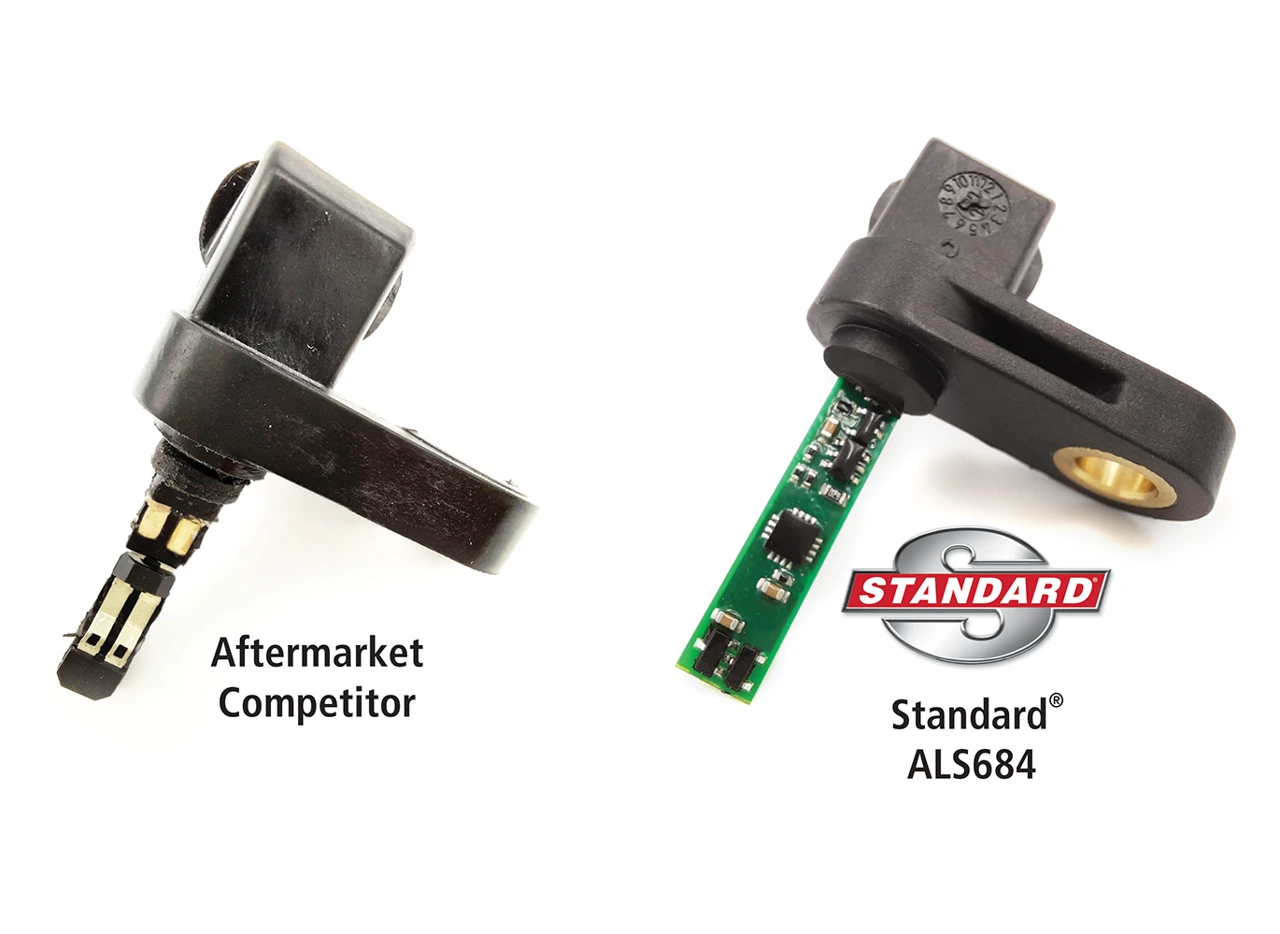
Manufacturing
Precision Manufacturing
Our TPMS facility produces more than a million Sensors each year and has earned multiple certifications, including US FCC, European E-Mark, and Canada IC while meeting FMVSS 138, SAE J2657, ISO 9001 and IATF 16949 quality standards.
- To make sure our TPMS Sensors last, we subject them to a high-speed Accelerated Life Test.
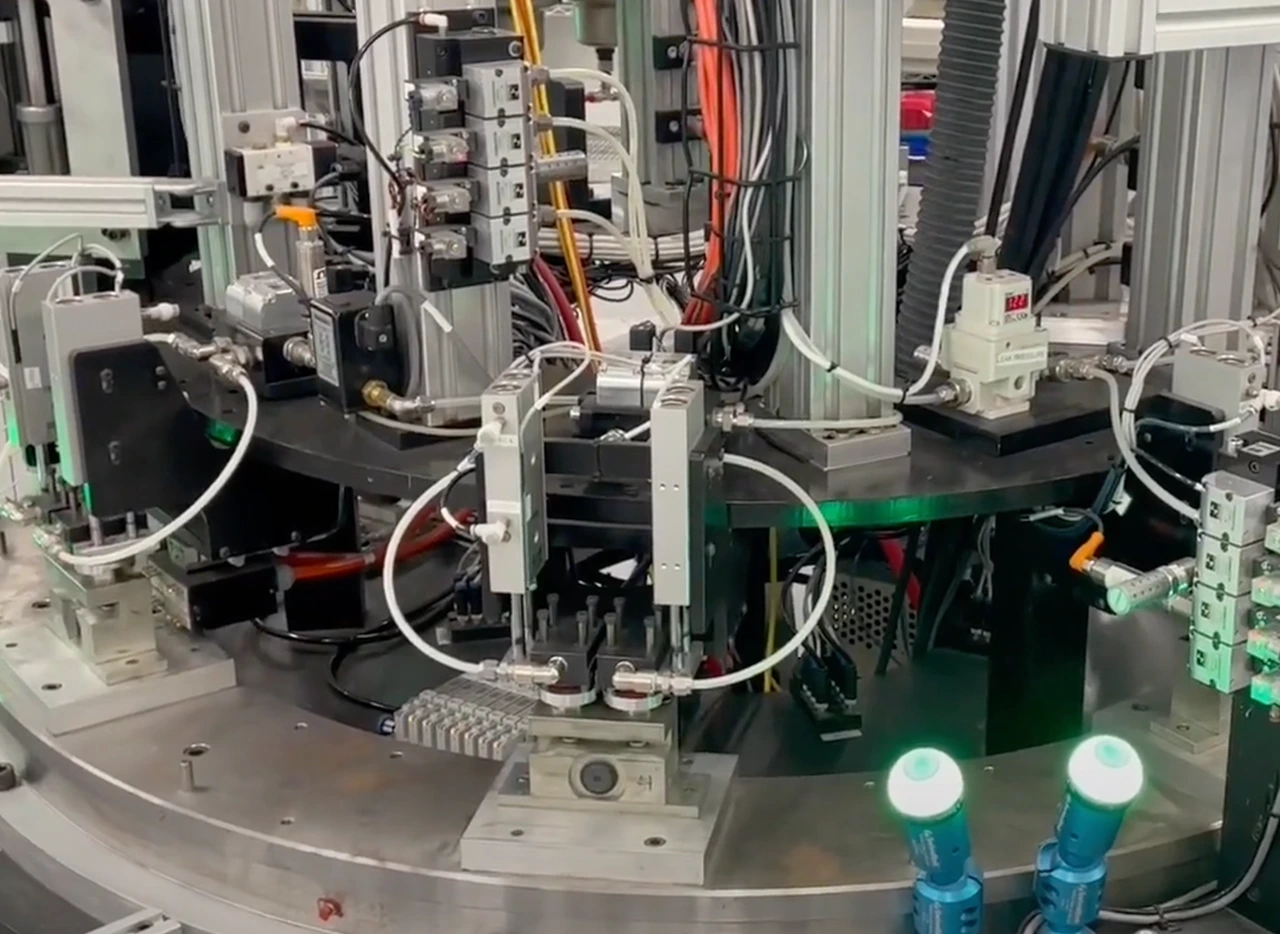
Testing & Validation
Testing & Validation
Standard® Camshaft and Crankshaft Position Sensors are rigorously tested for pulse width and signal amplitude. Standard® Cam Sensors are subjected to 48-68 hour vibration tests across multiple planes to ensure correct and accurate performance in any situation. Standard® Crank Sensors undergo intense chamber testing from -40 to 257 degrees. This extensive testing helps protect against incorrect voltage output and short circuits to maintain accuracy in all conditions.
Sensor Categories
Technicians look to Standard® for the parts required to do the job right. From Chassis and Drivetrain Sensors to Temperature Sensors, Standard® has the parts needed to keep the complex, sensor-dependent systems of modern vehicles operating correctly.
Chassis & Drivetrain Sensors
ABS Sensors
Features & Benefits
The ABS speed sensors on some newer vehicles measure more than just the speed of each wheel. They also monitor the direction in which the wheel is rotating. A wheel that is rotating backwards will send a unique signal to the ECU that lets the vehicle know the speed and direction of that wheel. This data is used by electronic safety systems. While aftermarket competitors’ ABS sensors cannot determine which direction the wheels are rotating, the Standard® ALS684 uses microsensors to produce the unique forward and reverse signals that modern vehicles require to keep electronic safety systems working as designed.
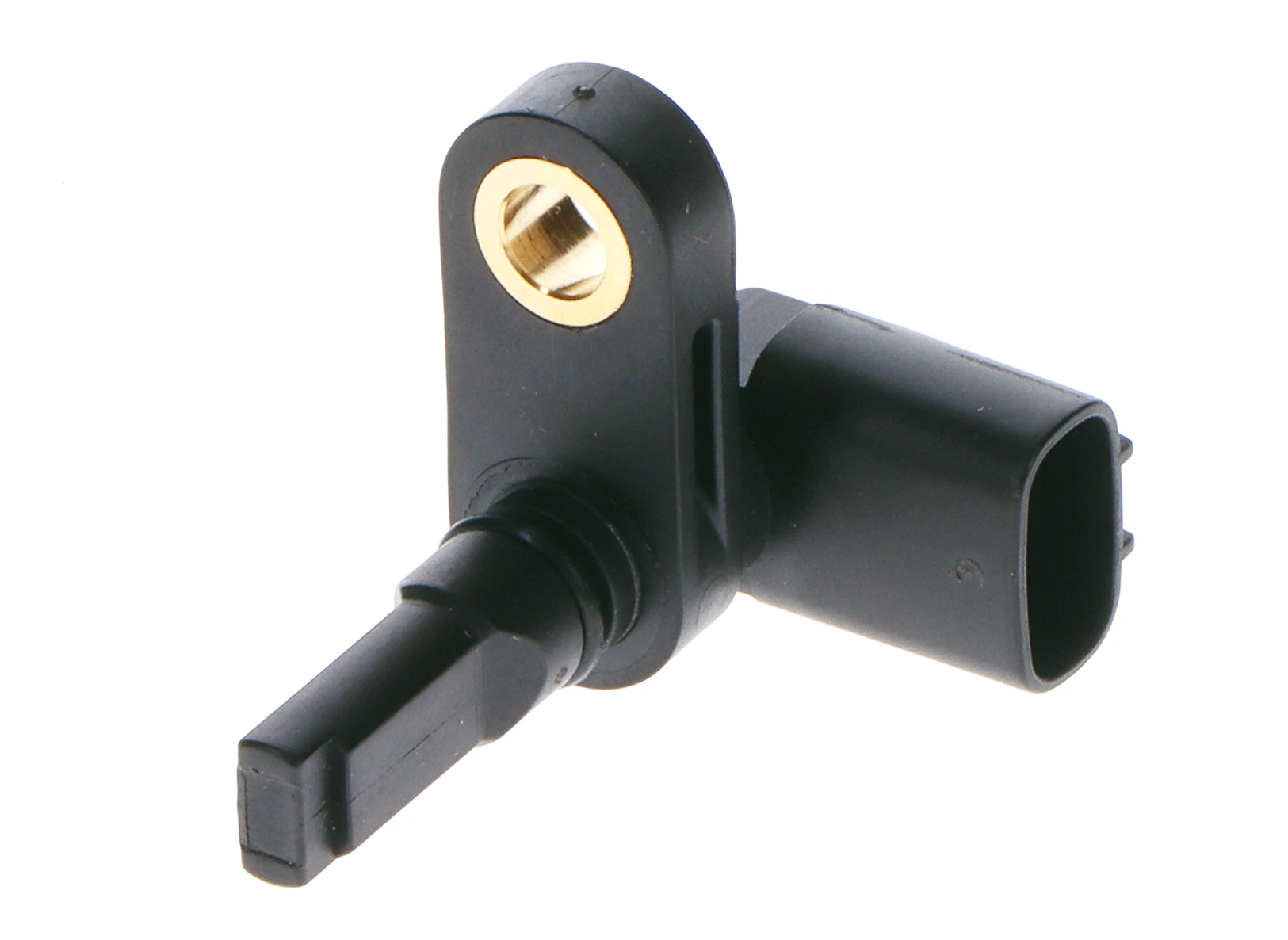
Brass Insert
Prevents cracking during installation
Includes Multiple Micro Sensors
Which measure the directional rotation of the wheel as an integral part of electronic safety systems
OE-Style Sealed Connector
For protection in harsh conditions
ALS684 | Toyota / Lexus Cars, Trucks & SUVs (2022-03)
ABS Speed Sensor Videos
The StandardBrand YouTube ABS Speed Sensors playlist features product and technical information, installation videos, training videos and more. With more than 650 videos (and growing), the StandardBrand YouTube channel has proven to be a valuable resource for technicians and parts professionals alike.
Recommending Replacement ABS Sensors
What's In Your Box: Standard Anti-lock Brake (ABS) Sensor Program
Standard® ABS Sensors Overview
System Overview
Anti-lock Braking Systems are intended to do exactly as the name portrays – prevent a vehicle’s wheels from locking up during a braking event. If any of the wheels lock up, the driver has less control of the vehicle and is more prone to an accident. By releasing some brake pressure to the locked-up wheel, the stopping distance will be increased, but the driver will be able to maintain control to hopefully avoid a collision.
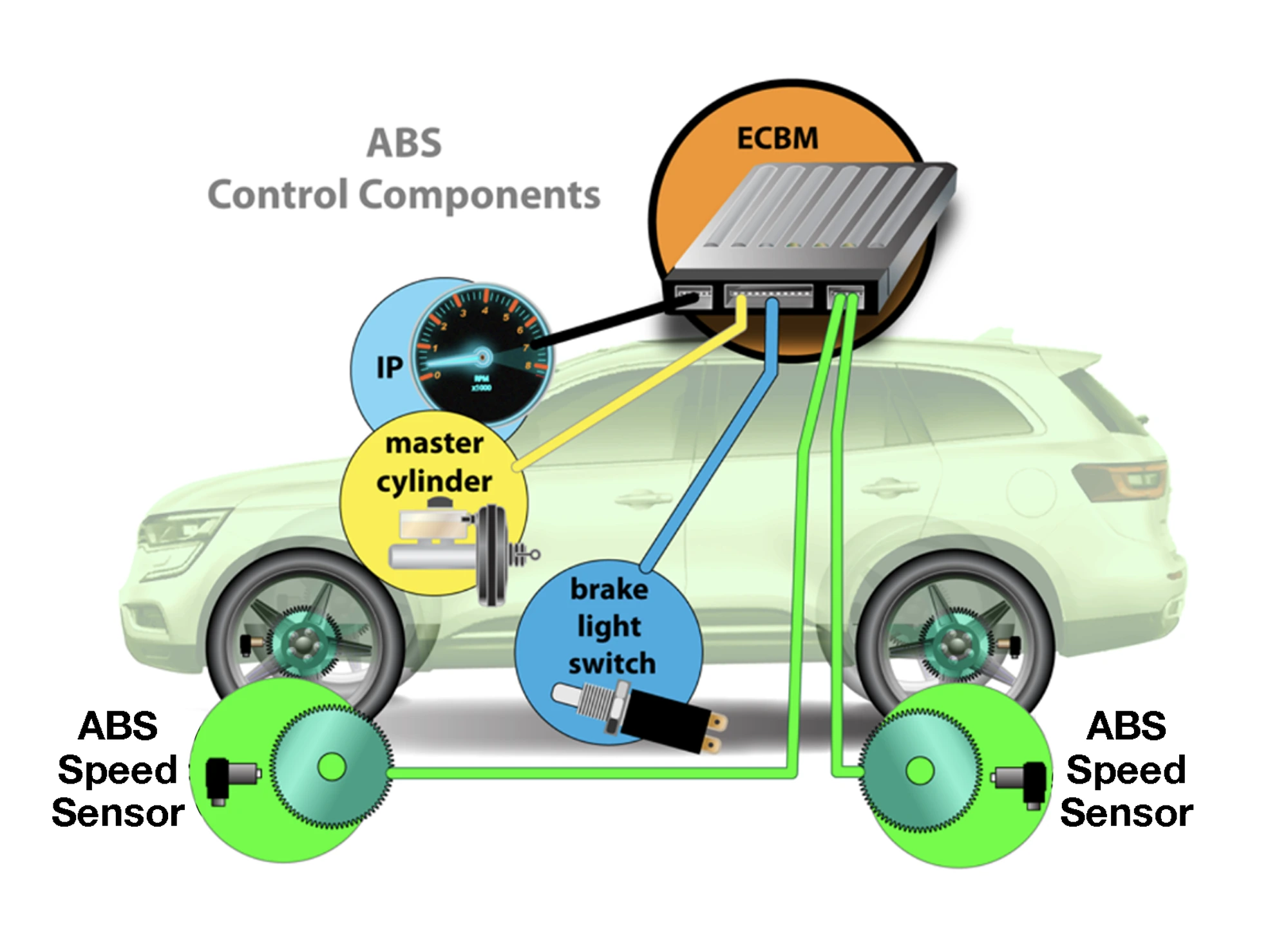
ABS Speed Sensors
Brake Pad Wear Sensors
Features & Benefits
The Brake Pad Wear sensor, or brake wear indicator, is an added safety feature on many vehicles used to warn a vehicle’s driver if their brake pad’s life becomes too low. Standard® Brake Pad Wear Sensors are direct OE replacements for ease of installation and seamless operation.
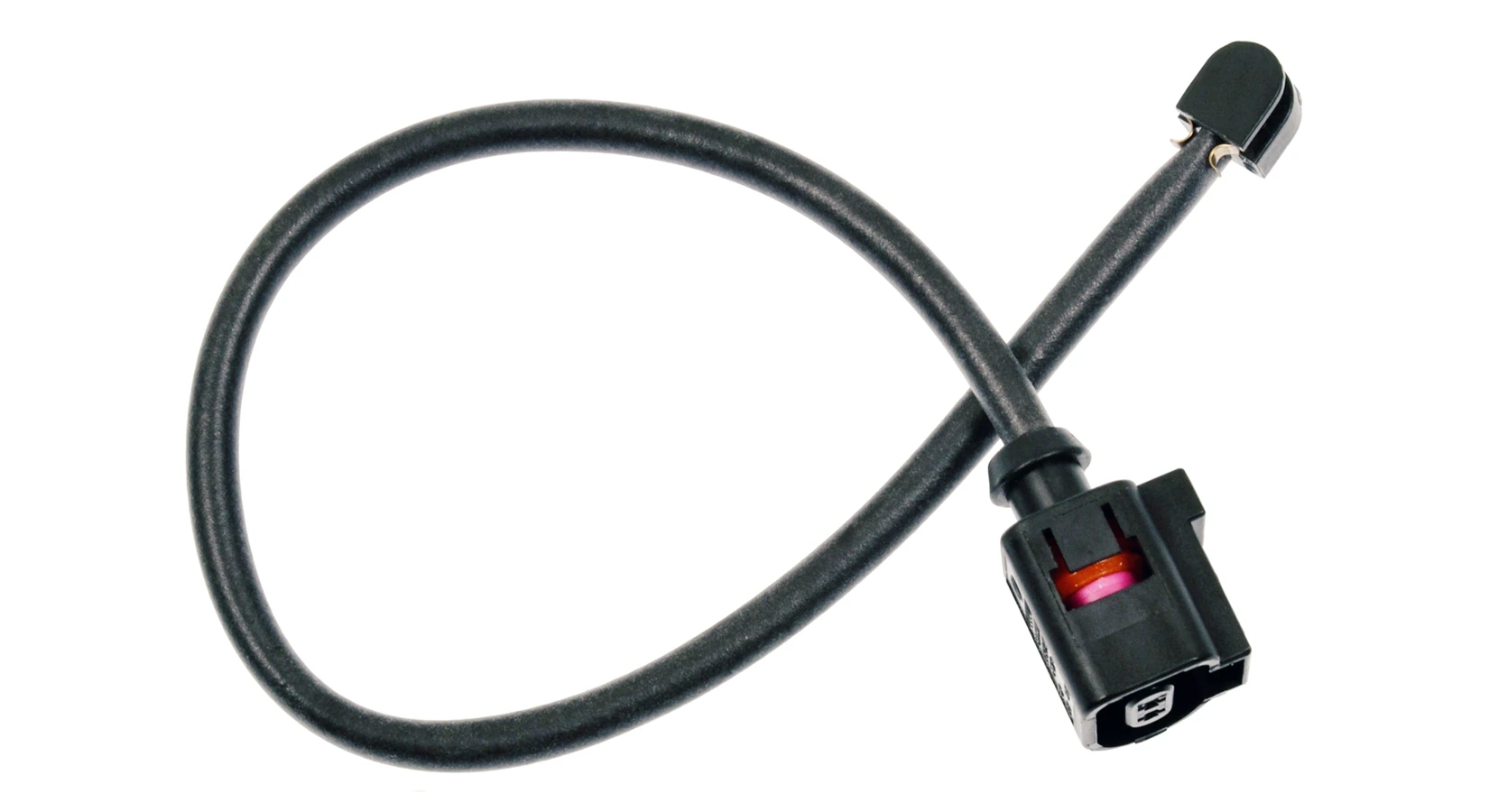
Protective Sleeve
Prevents wire chafing and short-circuiting
High-Quality Materials
High-quality synthetic resin construction resists extreme temperatures and environmental conditions
OE-Style Connectors and Terminals
Ensure water-tight connection to the engine wiring harness
PWS304 | VW SUVs (2015-11)
Brake Pad Wear Sensor Videos
The StandardBrand YouTube channel features product and technical information, installation videos, training videos and more. With more than 650 videos (and growing), the StandardBrand YouTube channel has proven to be a valuable resource for technicians and parts professionals alike.
The Standard® Advantage
When OE Fails...Trust Standard®
Standard Brand - Here Is What's In Our Box
Brake Pad Wear Sensors
Transmission I/O Sensors
Features & Benefits
Transmission input/output sensors calculate the transmission’s actual gear ratio during usage. Typically, two sensors communicate the transmission data to the vehicle's powertrain control module. The first sensor, referred to as the input sensor, monitors the speed of the transmission’s input shaft. The second sensor is the output sensor, which monitors the output shaft speed. Standard® Transmission Input / Output Sensors are precision-engineered to ensure optimization of engine performance and gas and exhaust regulation.
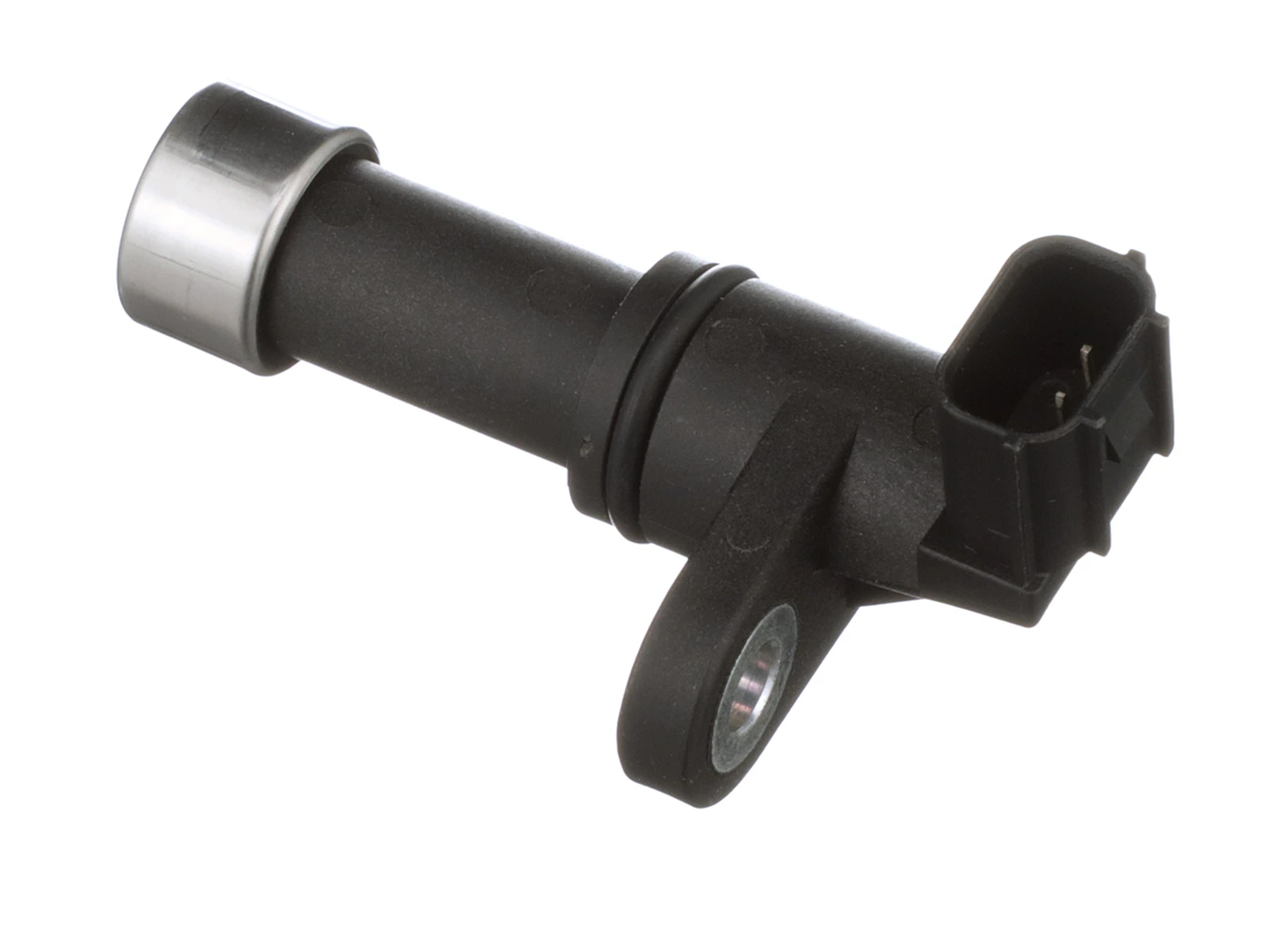
OE-Exact Output Signal
Ensures accurate readings and peak performance
100% Tested
Environmental, endurance, and end-of-line tested for signal amplitude and polarity to ensure consistent product reliability and performance
OE-Exact Connectors and Terminals
Ensure proper fit
SC495 | Honda Cars & SUVs (2020-13)
Transmission I/O Sensors Videos
The StandardBrand YouTube channel features product and technical information, installation videos, training videos and more. With more than 650 videos (and growing), the StandardBrand YouTube channel has proven to be a valuable resource for technicians and parts professionals alike.
Three Things to Know: SC501 - Transmission Input Sensor
Transmission Input/Output Speed Sensor Installation - Dodge, Chrysler, Plymouth 2.7L
When OE Fails...Trust Standard®
Transmission I/O Sensors
Vehicle Speed Sensors
Features & Benefits
The vehicle speed sensor (VSS) measures transmission/transaxle output or wheel speed. The ECM uses this information to modify engine functions such as ignition timing, air/fuel ratio, transmission shift points, and to initiate diagnostic routines. Standard® Vehicle Speed Sensors undergo environmental, endurance, and 100% end-of-line testing for signal amplitude and polarity to ensure consistent product reliability and performance.
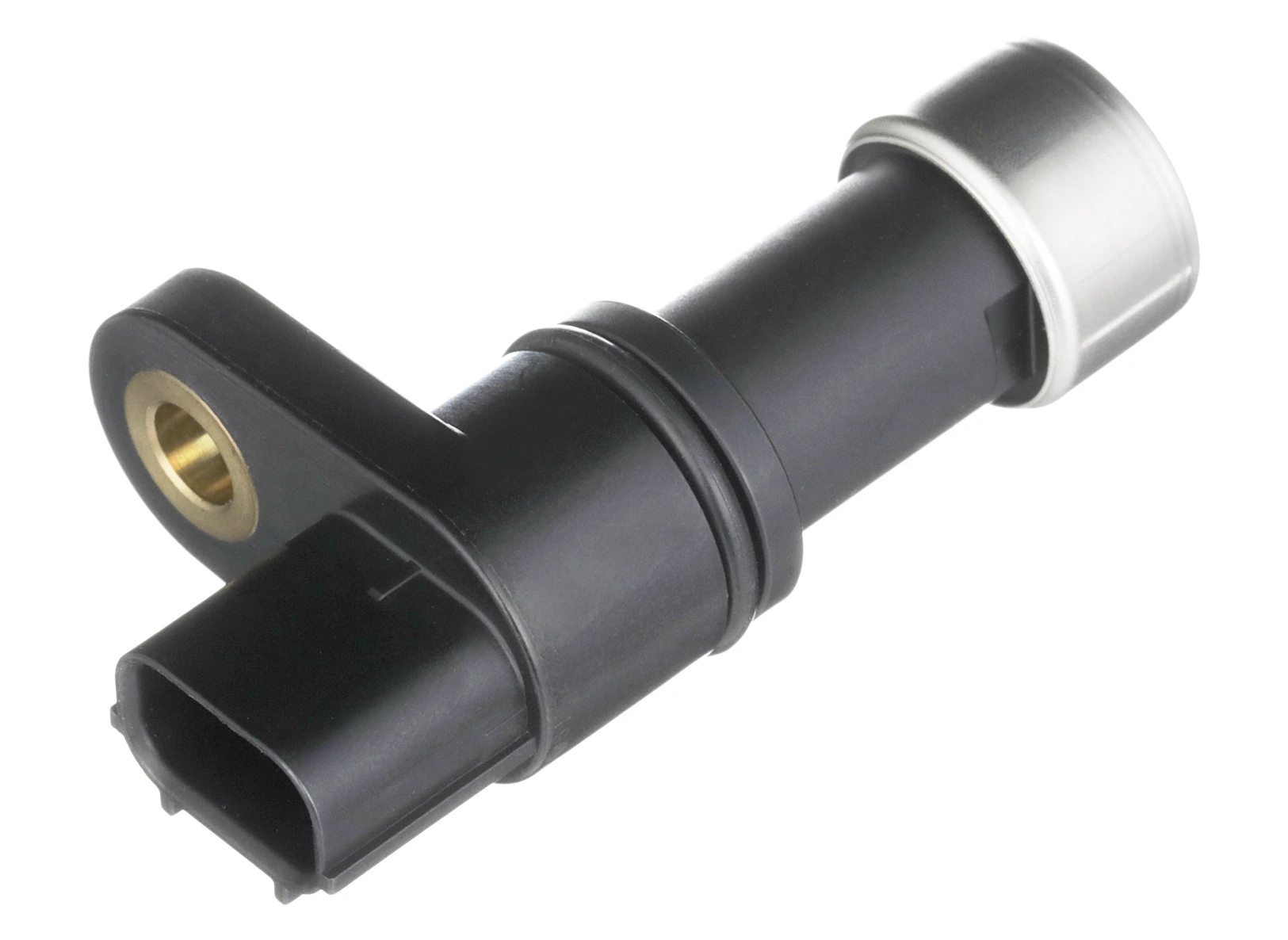
Brass Insert
Prevents cracking during installation and resists corrosion
OE-Style Connectors and Terminals
Ensure water-tight connection and proper fit
OE-Matching Output Signal
Provides accurate readings and peak performance
SC655 | Honda Cars & SUVs (2020-13)
Vehicle Speed Sensor Videos
The StandardBrand YouTube channel features product and technical information, installation videos, training videos and more. With more than 650 videos (and growing), the StandardBrand YouTube channel has proven to be a valuable resource for technicians and parts professionals alike.
Three Things to know: SC634 – Vehicle Speed Sensor
The Standard® Advantage
Standard Brand - Here Is What's In Our Box
Vehicle Speed Sensors
Fuel & Pressure Sensors
EGR Valve Pressure Sensors
Features & Benefits
Exhaust gas recirculation (EGR) pressure sensors detect exhaust gas flow through the EGR passage. Standard® EGR Pressure Sensors pass meticulous quality control to assure accurate voltage output for proper performance.
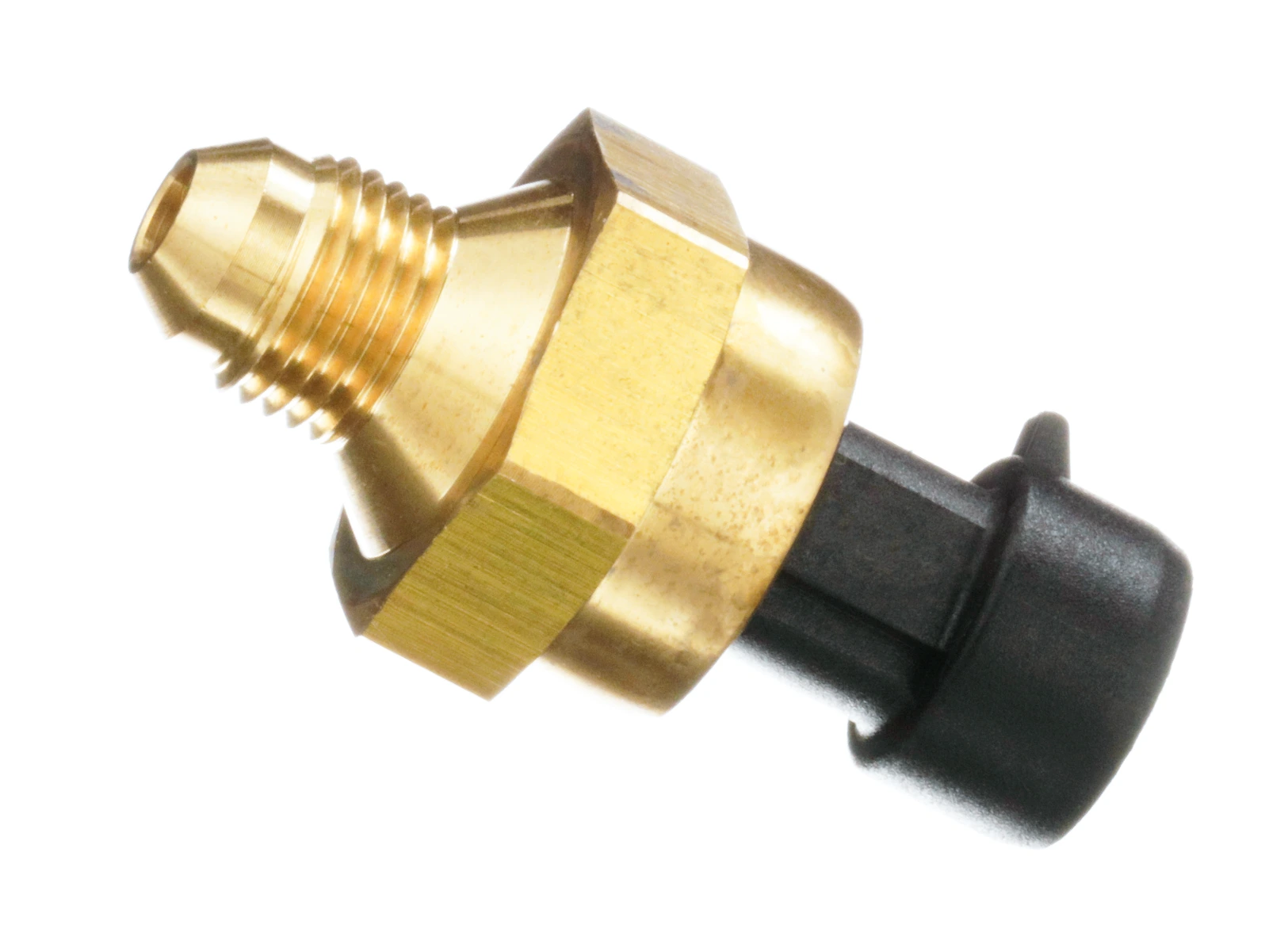
High-Quality Materials
Including multiple precious metal contacts and polymer thick film resistors for extended service life
Tested and Validated
Rigorous end-of-line testing validates output voltages to exacting specifications for reliable, trouble-free operation
VP32 | Ford Super Duty Trucks (2019-11)
EGR Pressure Sensor Videos
The StandardBrand YouTube channel features product and technical information, installation videos, training videos and more. With more than 650 videos (and growing), the StandardBrand YouTube channel has proven to be a valuable resource for technicians and parts professionals alike.
Standard Brand - Here Is What's In Our Box
The Standard® Advantage
When OE Fails...Trust Standard®
EGR Pressure Sensors
Fuel Pressure Sensors
Features & Benefits
Fuel pressure sensors monitor fuel flow to deliver designed fuel injection performance. They also detect evaporative leaks such as faulty gas caps. Standard® offers a line of fuel pressure sensors to provide coverage and quality for this important EVAP category.
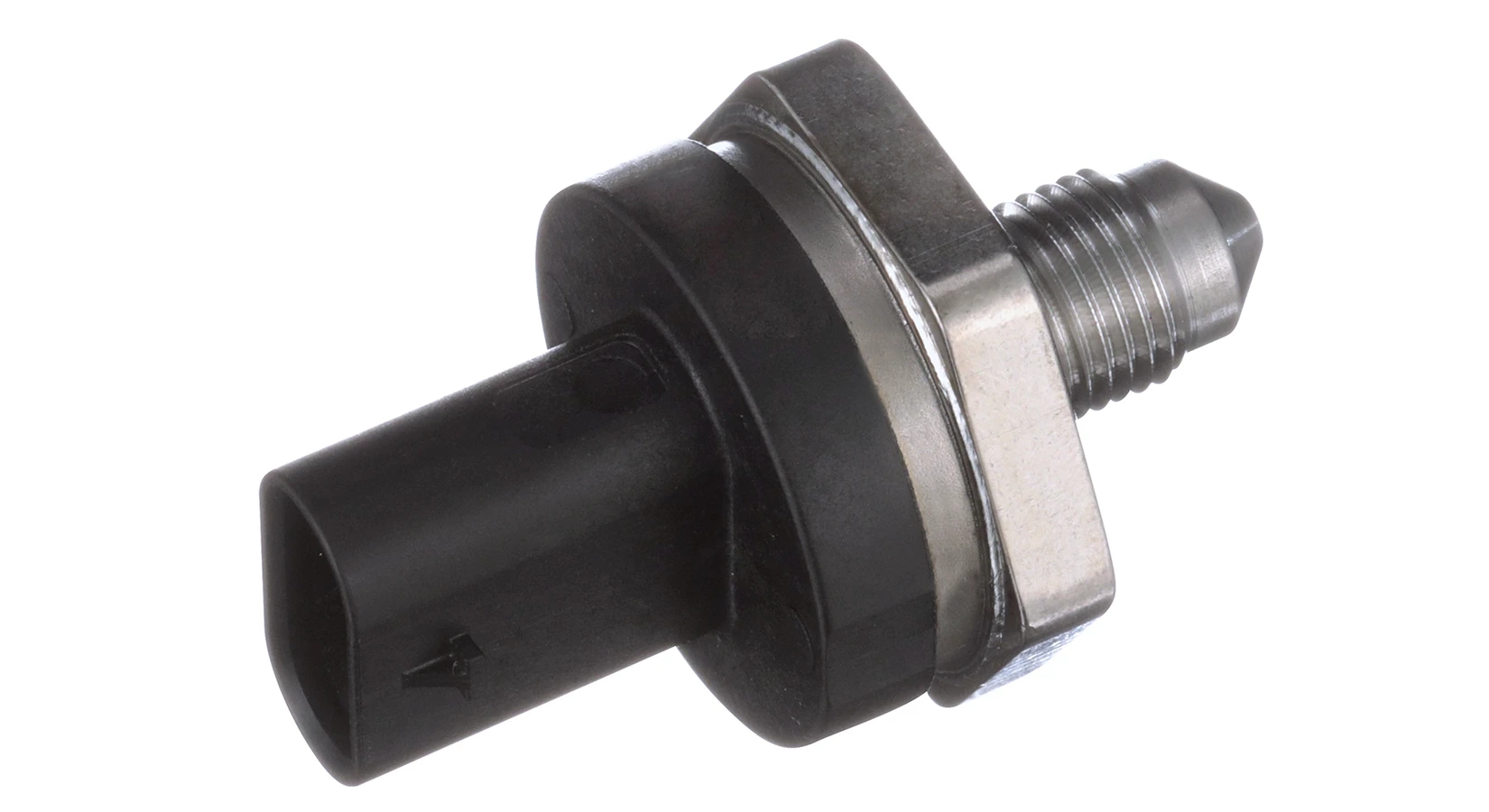
Direct-Fit OE Replacement
Ensures ease of installation and proper performance, resulting in correct pressure measurements
Extensive Design Process
Undergoes extensive design and manufacturing processes to ensure superior durability, longevity and performance, even under extreme conditions
Tested and Validated
Stringent testing and validation processes ensure correct performance and durability
FPS142 | Ford / Lincoln Trucks & SUVs (2024-21)
Fuel Pressure Sensor Videos
The StandardBrand YouTube channel features product and technical information, installation videos, training videos and more. With more than 650 videos (and growing), the StandardBrand YouTube channel has proven to be a valuable resource for technicians and parts professionals alike.
When OE Fails...Trust Standard®
Standard Brand - Here Is What's In Our Box
The Standard® Advantage
Fuel Pressure Sensors
Knock Sensors
Features & Benefits
Knock sensors create a voltage signal based on the vibrations caused by detonation. The computer uses this signal to retard timing when spark knock occurs. Standard® Knock Sensors are designed to respond to knock frequencies up to 1000 Hz, accommodating shifts in engine knock frequency and making for a more flexible sensor.
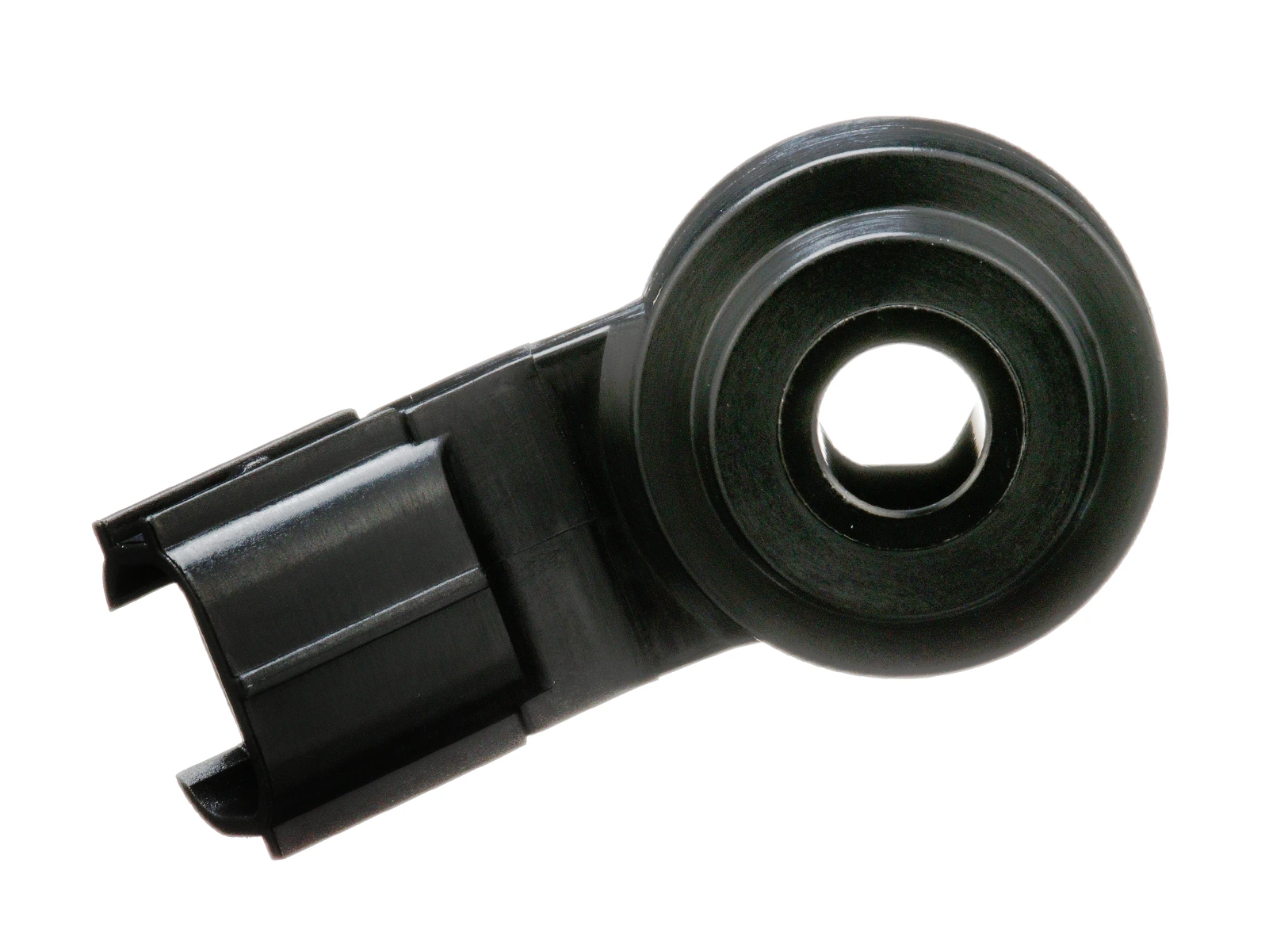
Precision Manufacturing
Sensor body is precision-machined to tune the resonant frequency to the engine knock frequency
Tested and Validated
All units are 100% tested using an accelerometer vibration test to ensure trouble-free operation
Automated Data Acquisition System
Continuously monitors sensor output to ensure that it responds with appropriate voltage output at the specified frequency range
KS225 | Toyota / Lexus / Scion (2024-02)
Knock Sensor Videos
The StandardBrand YouTube channel features product and technical information, installation videos, training videos and more. With more than 650 videos (and growing), the StandardBrand YouTube channel has proven to be a valuable resource for technicians and parts professionals alike.
LS Engine Knock Misdiagnosis | Tech Tip
When OE Fails...Trust Standard®
Standard Brand - Here Is What's In Our Box
Knock Sensors
MAF Sensors
Features & Benefits
Mass air flow (MAF) sensors are precision components that measure the amount of airflow entering the intake manifold and must communicate clearly with the engine control module. Remanufactured MAF sensors with debris from prior use can hinder this communication and cause the vehicle to experience drivability issues. To ensure accurate airflow, precise performance, and longer service life, Standard® MAF Sensors are 100% NEW, and never remanufactured.
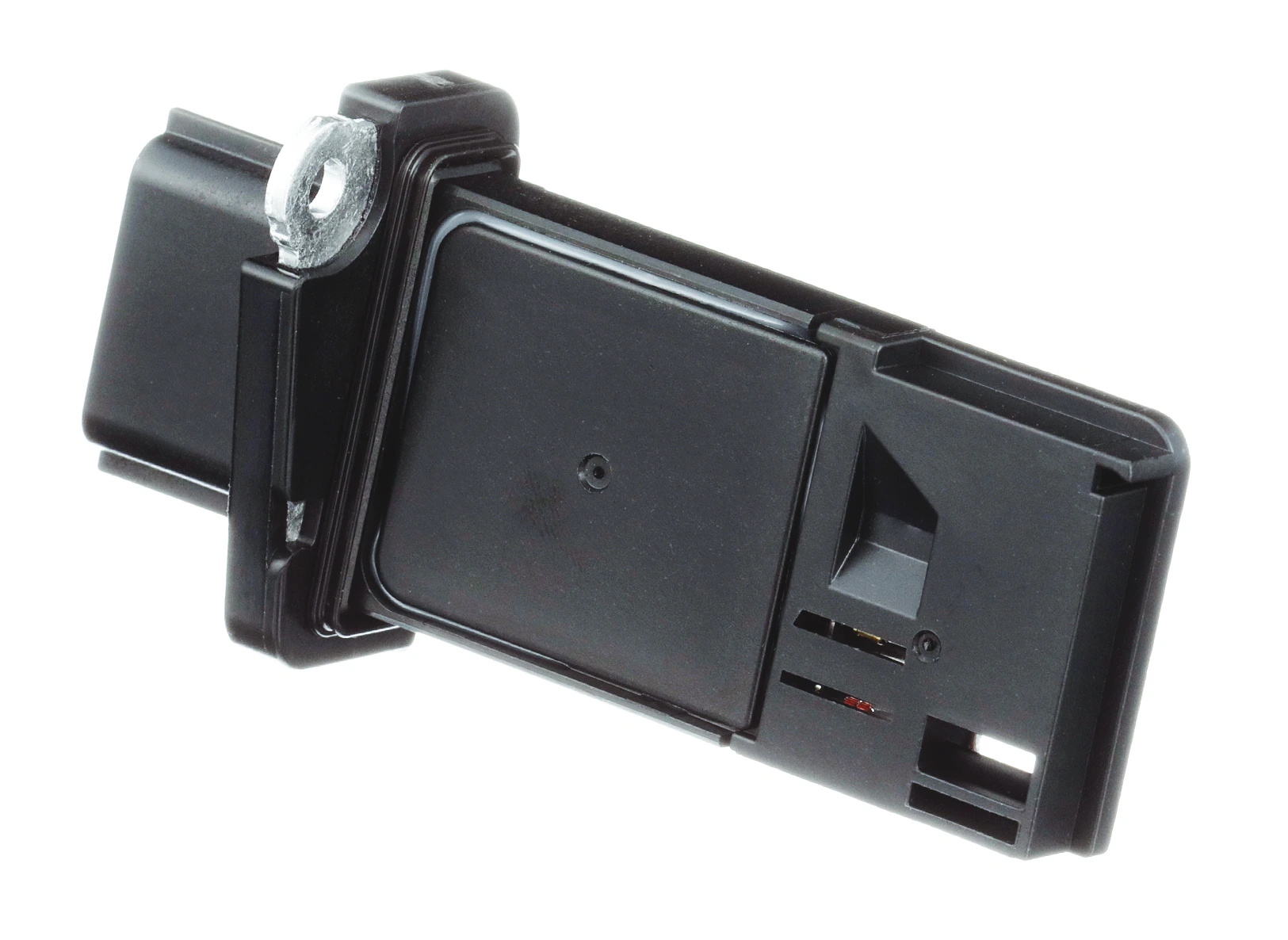
100% New, Never Remanufactured
To avoid leftover debris that can cause sensor failure
Proprietary Sensing Elements
Provide accurate airflow output to ECU over a wide range of ambient temperatures
100% Tested
To ensure that the ECU receives accurate airflow readings under hard engine conditions, which are required to balance and deliver the correct air/fuel ratio to the engine to achieve clean burns
MAS0407 | Nissan / Infiniti Cars, Trucks & SUVs (2024-03)
MAF Sensor Videos
The StandardBrand YouTube channel features product and technical information, installation videos, training videos and more. With more than 650 videos (and growing), the StandardBrand YouTube channel has proven to be a valuable resource for technicians and parts professionals alike.
A Closer Look: Standard Mass Air Flow (MAF) Sensors
Full Housing Style MAF Sensors
Drop In Style MAF Sensors
System Overview
In a mass air flow system, the base fuel calculation is very simple. The ECM receives the air mass value from the mass airflow sensor and then calculates the required injector pulse width to deliver the amount of fuel needed for the desired air/fuel ratio.
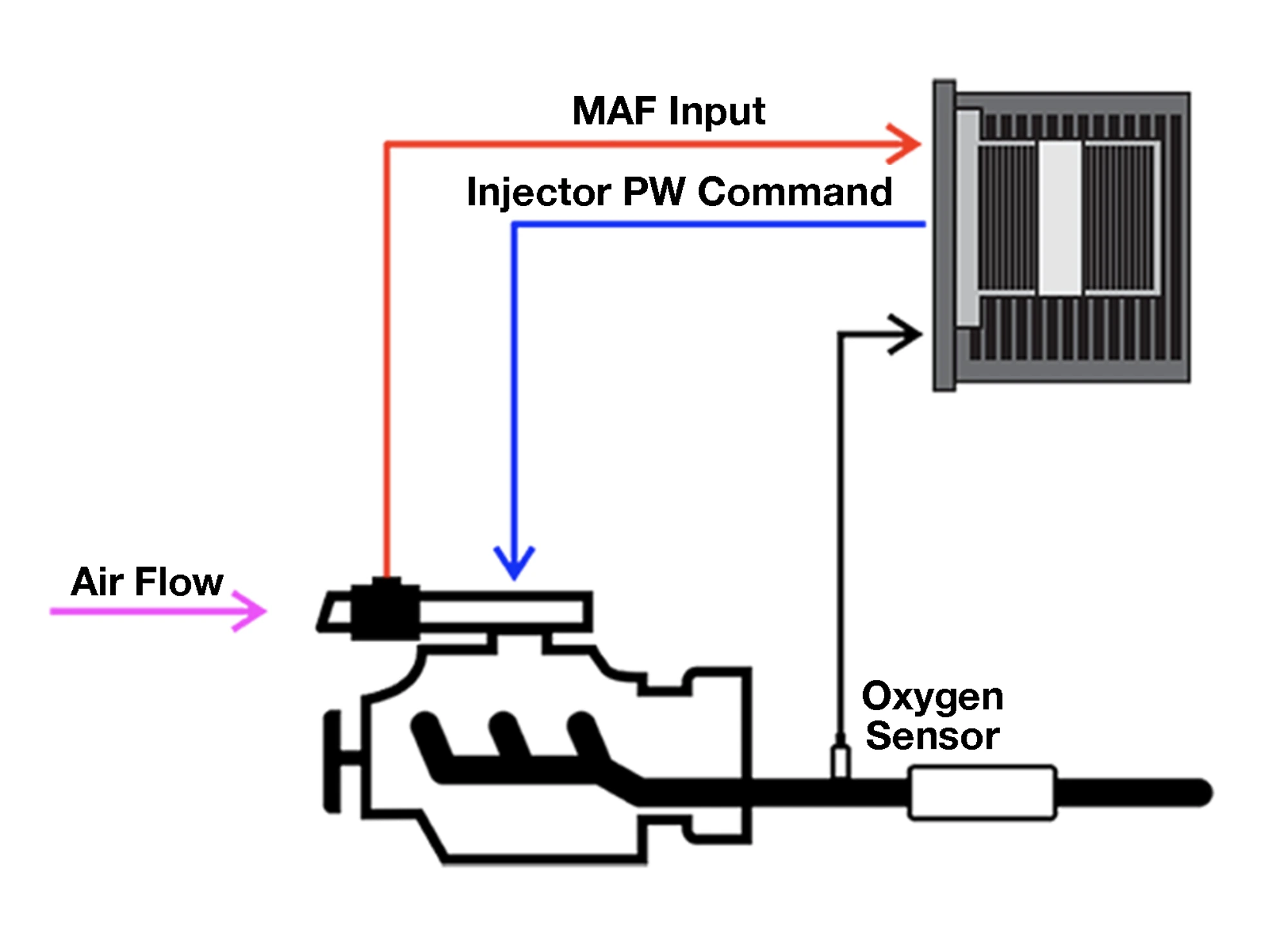
Mass Air Flow (MAF) Sensors
MAP Sensors
Features & Benefits
MAP (manifold absolute pressure) sensors convert vacuum/manifold pressure to an electric signal. The real-time information is used for both fuel delivery and ignition. Standard® MAP Sensors are 100% tested to make sure variations in pressure generate the correct output to match OE performance in all conditions.
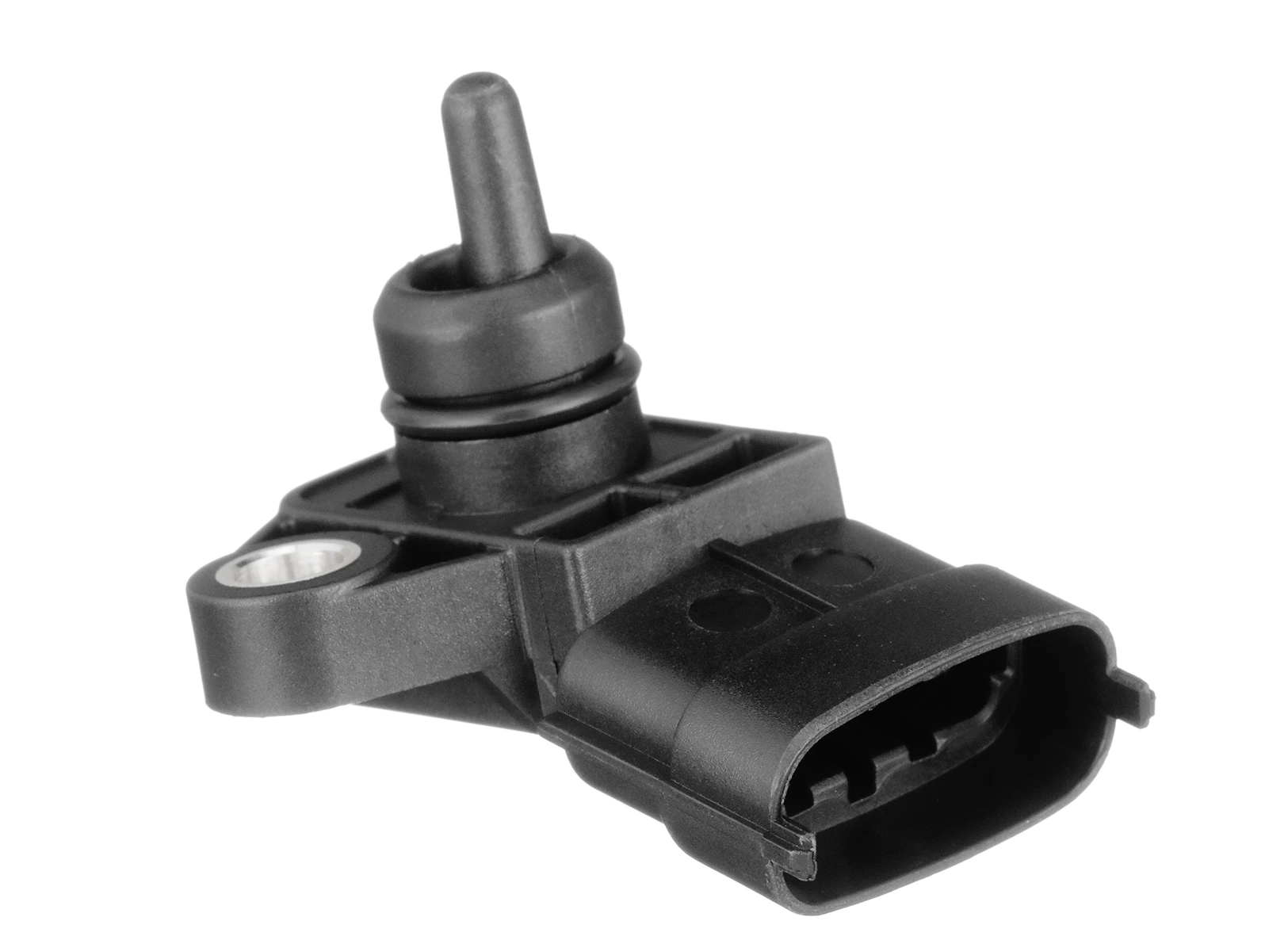
High-Quality Materials
High-temperature, glass-reinforced plastic case creates hermetically sealed cavity for sensor on one side with port for pressure on the other
Tested and Validated
Undergoes precise automated wire bonding equipment and inspection processes to ensure repeatable and reliable electrical connections
AS417 | Hyundai / Kia Cars & SUVs (2022-08)
MAP Sensor Videos
The StandardBrand YouTube channel features product and technical information, installation videos, training videos and more. With more than 650 videos (and growing), the StandardBrand YouTube channel has proven to be a valuable resource for technicians and parts professionals alike.
Honda 3.5 Liter MAP Sensor Replacement
MAP Sensor Tech Tips
Dodge Ram Cummins 5.9 MAP/Boost Sensor Replacement
MAP Sensors
Position Sensors
Accelerator Pedal Sensors
Features & Benefits
The performance and accuracy of accelerator pedal sensors is critical to vehicle performance, fuel economy and safety. Standard® Accelerator Pedal Sensors undergo intense testing to make sure the output matches the slope and linearity of the original in all pedal positions.
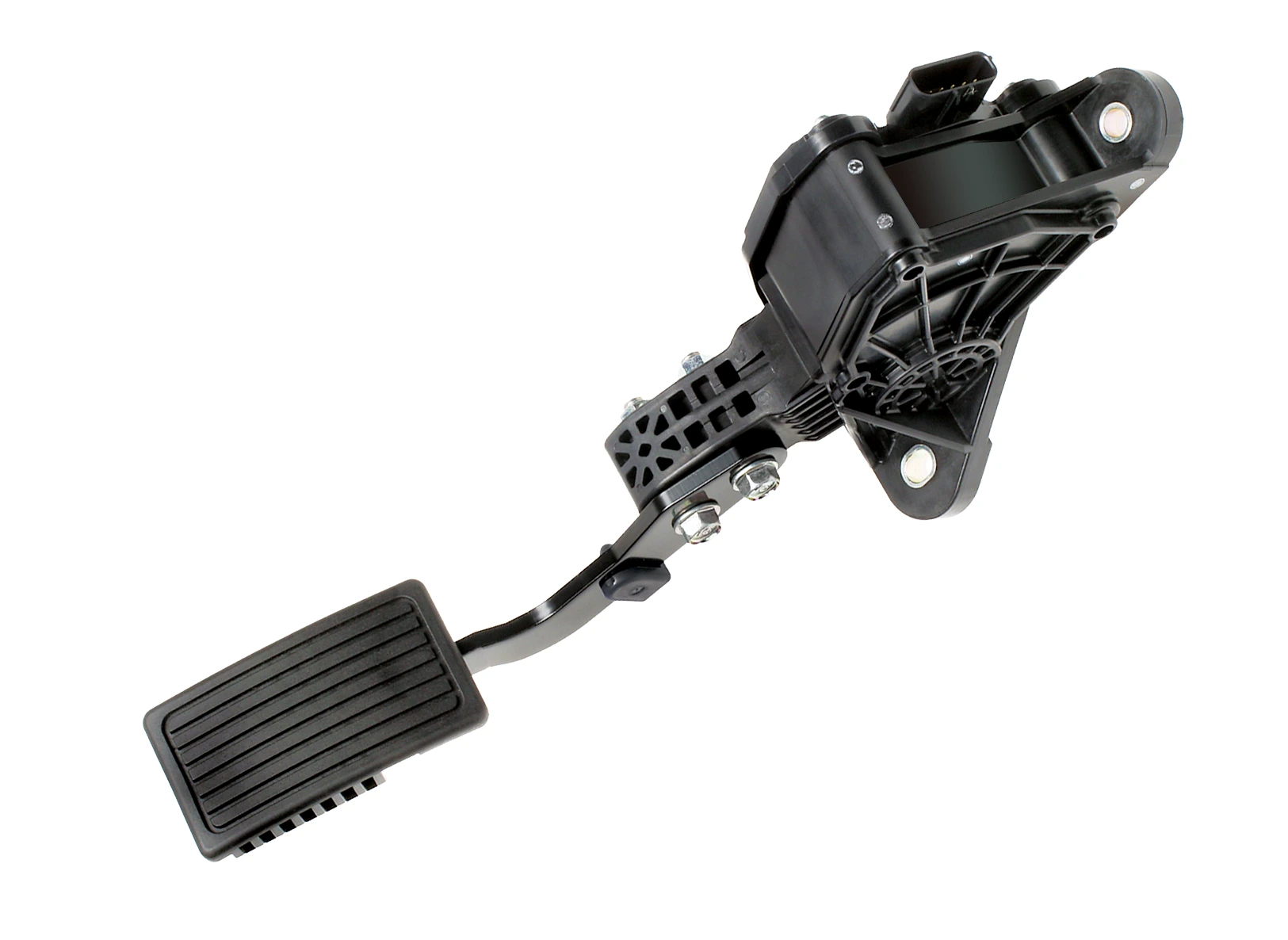
High-Quality Materials
High-impact ABS plastic provides the best solution to pedal support and spring guide components
Dual Return Springs
Provide redundancy and comfortable, familiar pedal force profile
Multi-Finger Wiper Design
Accurately controls sensor contact to within a few grams of force
APS162 | Honda Odyssey (2010-05)
Accelerator Pedal Sensor Videos
The StandardBrand YouTube channel features product and technical information, installation videos, training videos and more. With more than 650 videos (and growing), the StandardBrand YouTube channel has proven to be a valuable resource for technicians and parts professionals alike.
Honda Accord Accelerator Pedal Replacement | Installation Spotlight
Honda Accord Accelerator Pedal Replacement
Three Things to Know: APS504 - Accelerator Pedal Sensor
Accelerator Pedal Sensors (APS)
Camshaft Sensors
Features & Benefits
The performance of variable valve timing on modern engines is dependent on real-time data from the camshaft position sensors. This is why every Standard® Camshaft Sensor is designed for accurate performance, fast processing and long-term durability. We put each unit through end-of-line timing, pulse width, and signal amplitude testing.
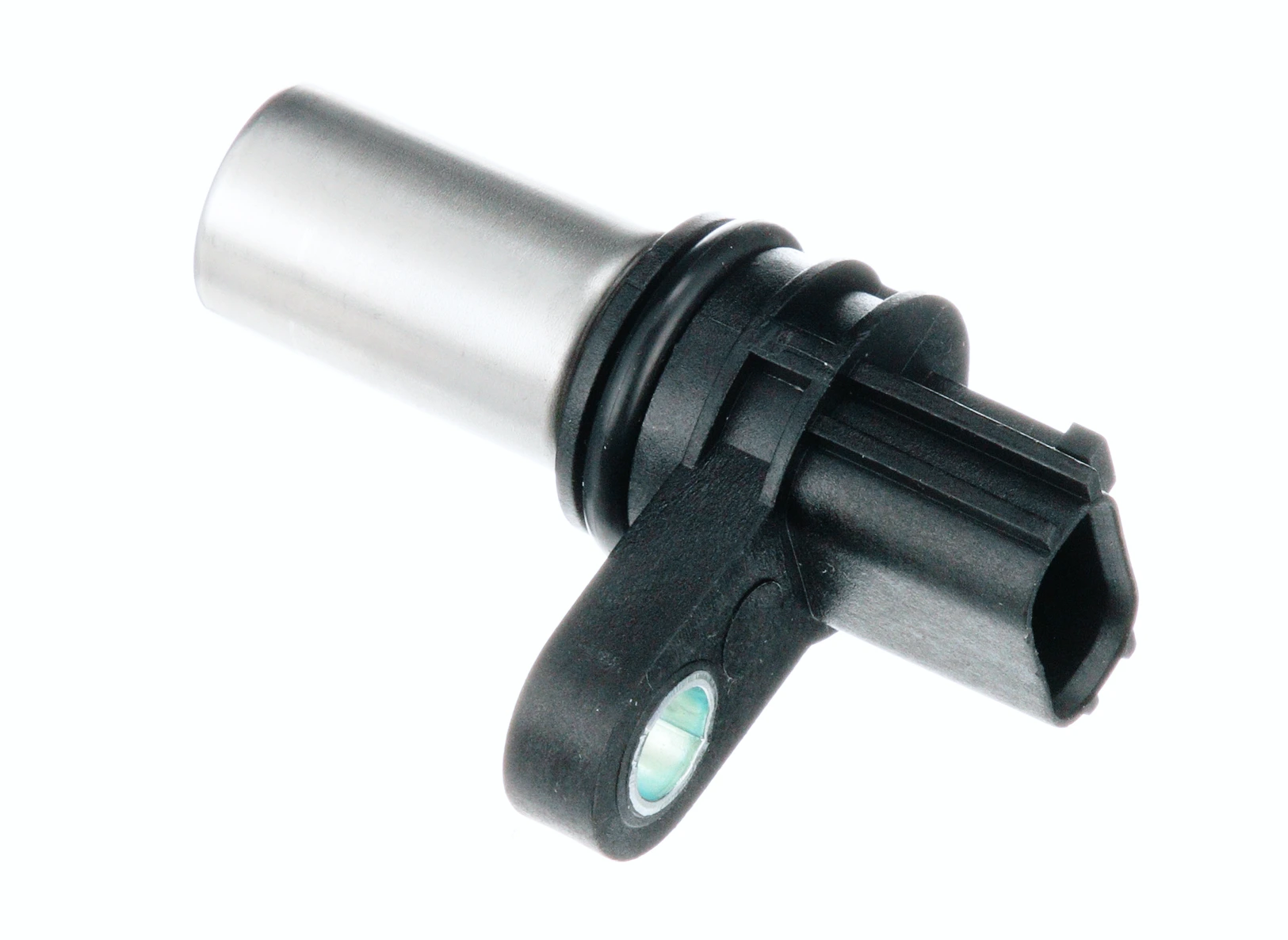
Sealed Metal Casing
Prevents oil intrusion
Advanced Circuitry
Provides immunity from electromagnetic interference that meets ISO standards
Fluorocarbon Rubber Oil Seal
Ensures secure fit
Rotated Mounting Ear
Matches the OE design
Integrated Waterproof Connector
Ensures lasting performance
Sealed Construction
Withstands extreme underhood conditions to ensure durability
PC464 | Nissan Cars, Trucks & Vans (2018-01)
Features & Benefits
Blue Streak® developed high-quality Camshaft Sensor Kits to provide technicians with what they need to do the complete job. Our Kits include two Blue Streak® Camshaft Sensors along with the needed high-quality connectors to replace the melted or damaged originals.
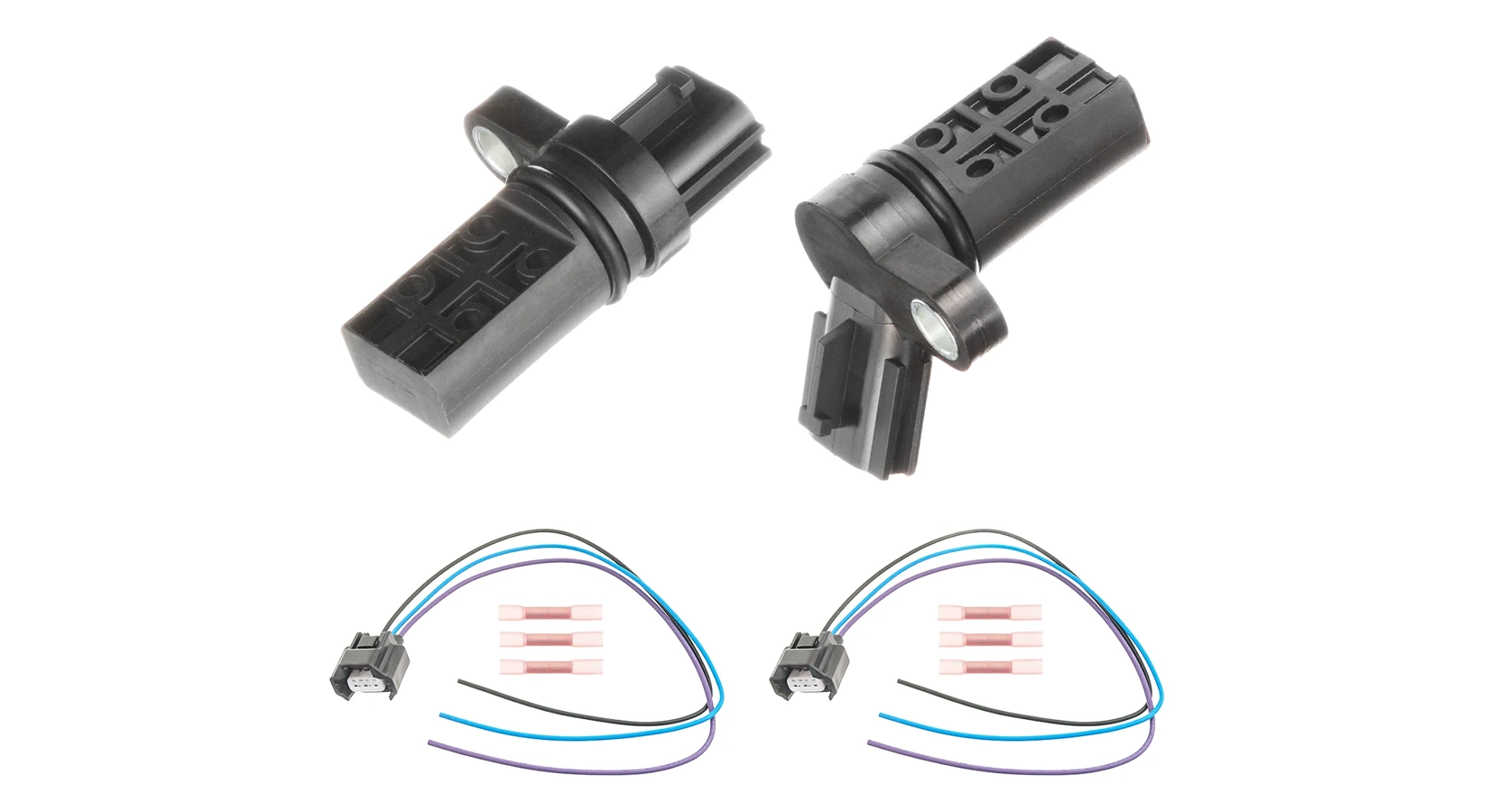
Integrated Analog to Digital Converter
Sends a digital signal to the ECM for precise timing to optimize fuel economy and performance
Advanced Circuitry
Provides immunity from electromagnetic interference that meets ISO standards
Complete Kit
Includes two new precision sensors and high-temp connectors for a complete repair
Sealed Construction
Withstands extreme underhood conditions to ensure durability
Fluorocarbon Rubber Oil Seal
Ensures secure fit
PC460K | Nissan Cars & SUVs (2018-02)
Camshaft Sensor Videos
The StandardBrand YouTube channel features product and technical information, installation videos, training videos and more. With more than 650 videos (and growing), the StandardBrand YouTube channel has proven to be a valuable resource for technicians and parts professionals alike.
Standard® Cam and Crank Sensors
Cam and Crank Sensors | Standard® WIYB Training Series
Engine Operation – Keeping It In Time | Pro Training Power Hour
System Overview
Camshaft position sensors take readings off the camshaft and in real time send a signal to the vehicle’s control module. That information is used to adjust both fuel and timing for optimal fuel economy, performance and emissions. For the system to perform correctly, the camshaft position sensors much be accurate, fast and be durable enough to perform in high-heat conditions for thousands of miles.
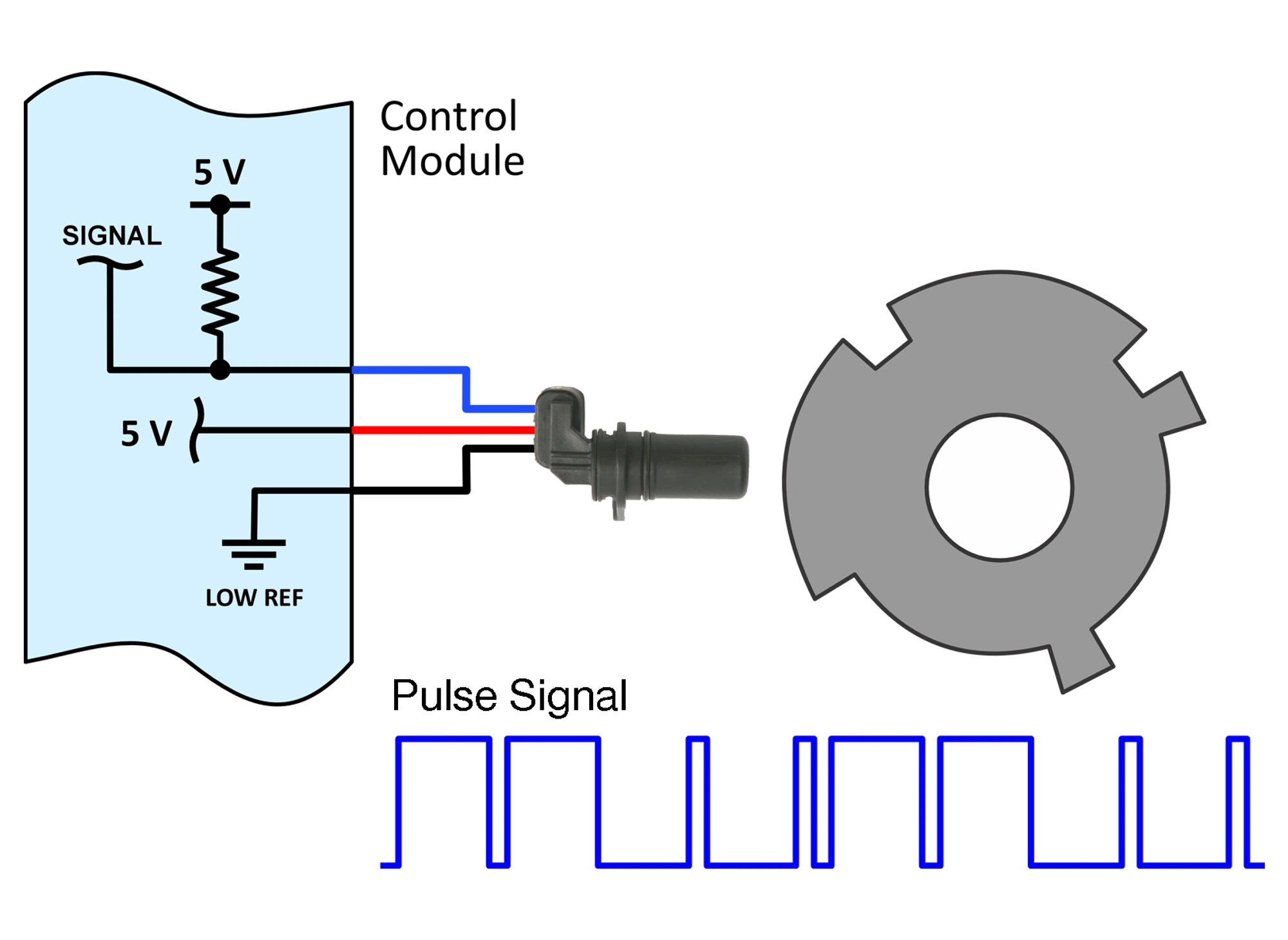
Camshaft Sensors
Crankshaft Sensors
Features & Benefits
Correct ignition timing depends on quick and accurate data from the crankshaft position sensors. All Standard® Crankshaft Position Sensors are precision engineered and manufactured for accuracy, speed and durability. To ensure durability under extreme conditions, our Crankshaft Position Sensors are subjected to extensive testing including a 48- to 64-hour-long vibration test across three different planes.
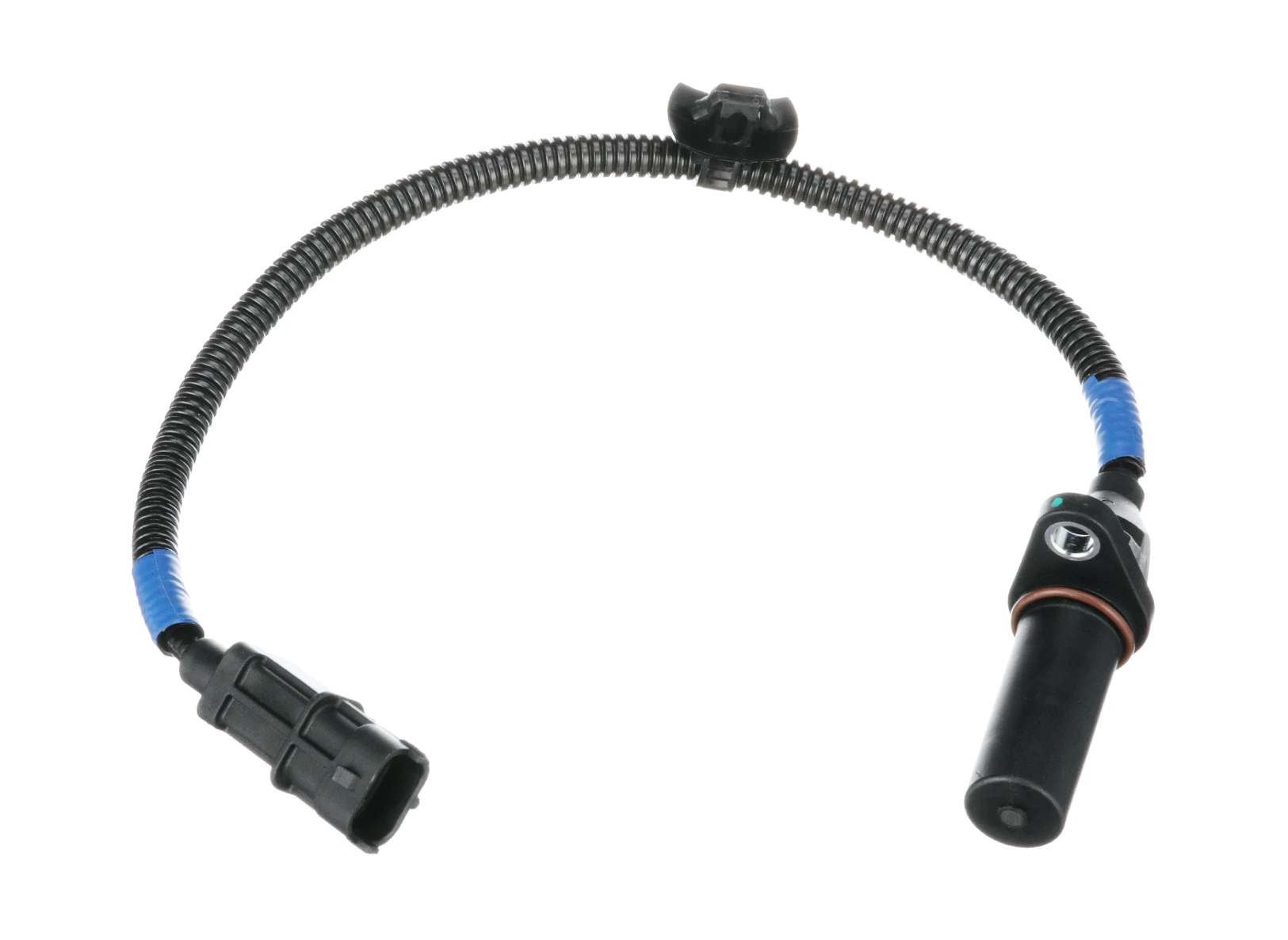
Matching Connectors
Tin-plated brass terminals ensure accurate, watertight connection to harness
Protective Sleeve
Prevents wires from chafing and creating short circuits
Factory-Installed Grommets and Wire Clips
Ensure proper mounting during installation
High-Strength Neodymium Magnets
Ensure proper signal voltage to the ECM
Integrated Analog to Digital Converter
Digital signal processing with a dynamically adaptive switch point improves accuracy and operation
PC1021 | Hyundai / Kia Cars & SUVs (2018-01)
Features & Benefits
Blue Streak® developed high-quality Crankshaft Sensor Kits to provide technicians with what they need to do the complete job. Blue Streak® Kits include a high-quality Crankshaft Sensor and a direct-replacement high-temp connector for a complete repair solution.
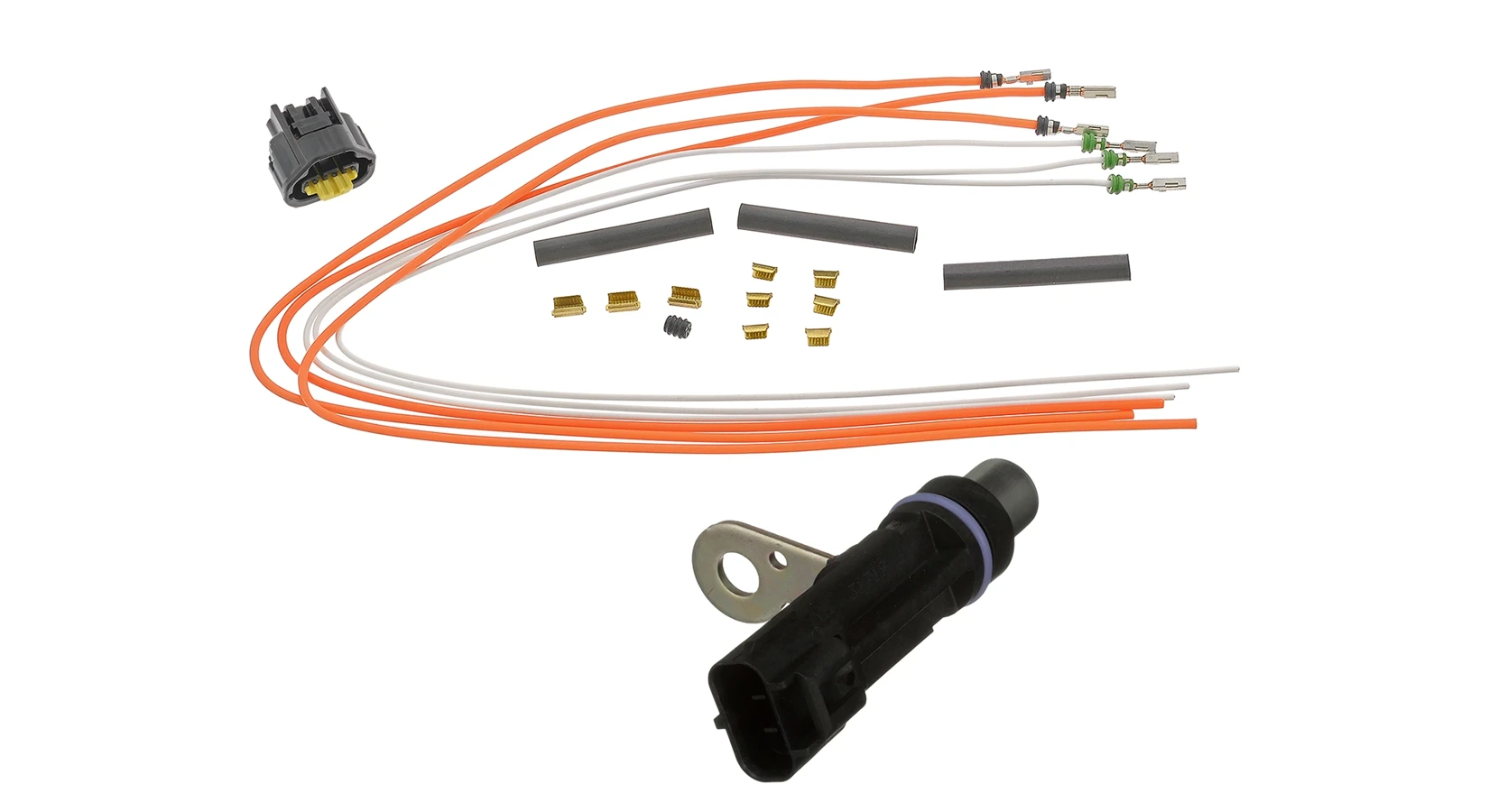
High-Grade Terminals
Copper alloy, brass, and phosphor bronze terminals for durability
Integrated Analog to Digital Converter
And digital signal processing with a dynamically adaptive switch point improves accuracy and operation
High-Quality Materials
Constructed with an insert-molded rare earth magnet and surface mount electronics in a sealed housing suitable for harsh underhood conditions
Complete Kit
Includes a crankshaft sensor and high-quality connector for a complete repair
PC284K | Chrysler / Dodge / Jeep / RAM (2013-99)
Crankshaft Sensor Videos
The StandardBrand YouTube channel features product and technical information, installation videos, training videos and more. With more than 650 videos (and growing), the StandardBrand YouTube channel has proven to be a valuable resource for technicians and parts professionals alike.
Cam and Crank Sensors | Standard® WIYB Training Series
Standard® Cam and Crank Sensors
Engine Operation – Keeping It In Time | Pro Training Power Hour
Crankshaft Sensors
Throttle Position Sensor
Features & Benefits
The throttle position sensor moves with the throttle and sends a voltage signal to the computer indicating throttle angle and speed of movement data, which measures engine load and adjusts timing, fuel delivery, converter clutch operation, and clears flood mode. Standard® Throttle Position Sensors are designed, manufactured, and tested to maintain specific installed outputs to match OE designed performance across the entire RPM range.
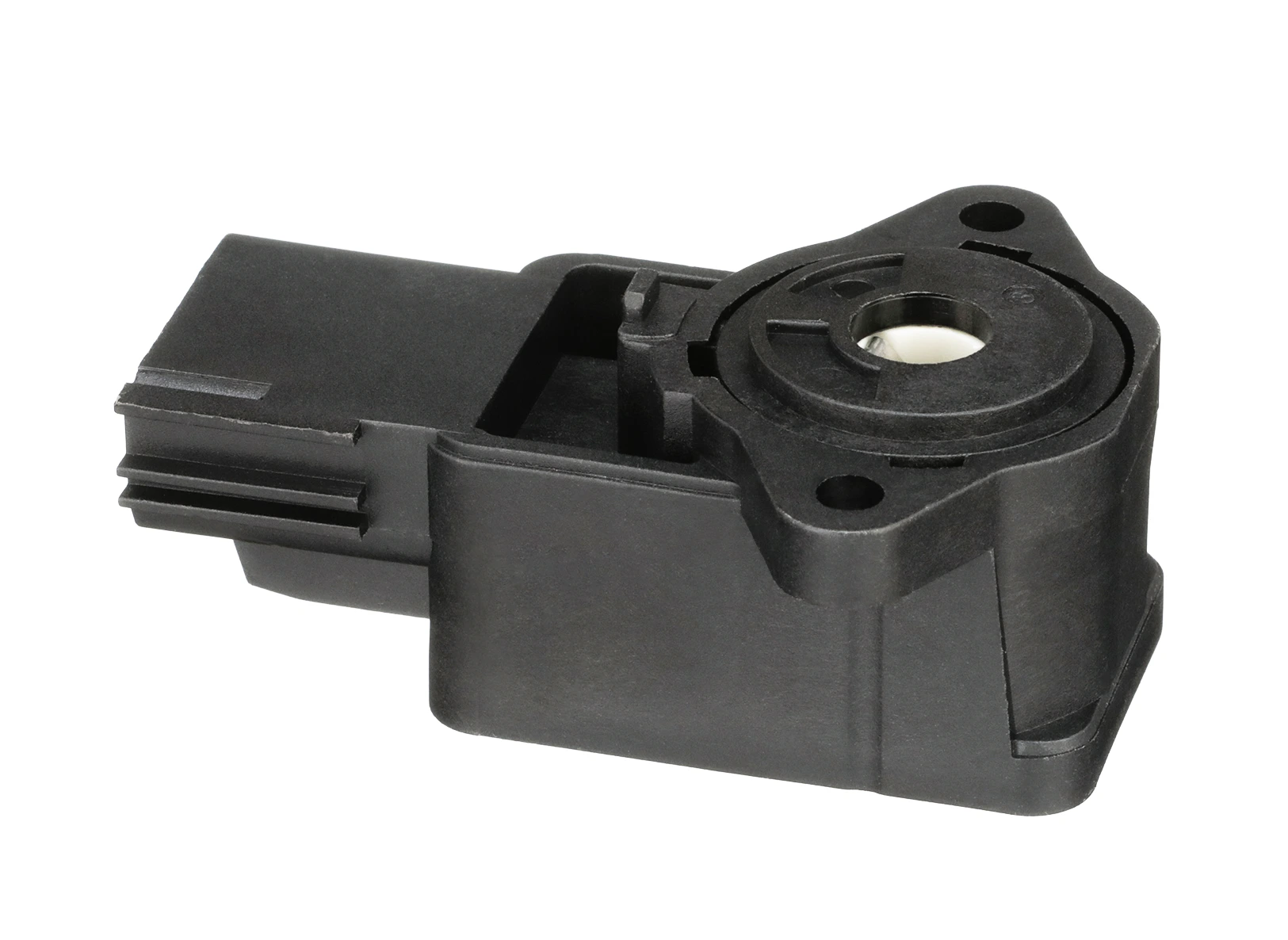
Magnet Molded
In high-performance polymer to ensure consistent location and low friction with bearing surfaces
Integrated Circuit (IC)
Effectively measures rotation of small magnet attached to throttle shaft and is calibrated to provide accurate, linear output characteristics
Custom Elastomeric Seal
Protects sensor from environmental under-hood elements such as dust, vapor, and liquids
TH381 | Ford Cars, Trucks & SUVs (2019-03)
Throttle Position Sensor Videos
The StandardBrand YouTube channel features product and technical information, installation videos, training videos and more. With more than 650 videos (and growing), the StandardBrand YouTube channel has proven to be a valuable resource for technicians and parts professionals alike.
Dodge RAM & Cummins Throttle Position Sensor Installation
Ford Throttle Position Sensor Installation Tips
Throttle Position Sensor (TPS) Installation - Dodge, Chrysler, Plymouth 2.7L
Throttle Position Sensors (TPS)
Temperature Sensors
Air Intake Temp Sensors
Features & Benefits
The air intake temperature sensor is used by the computer to measure air density for fuel mixture control. The computer uses this information to trim the air/fuel ratio according to the air density. Each Standard® Air Intake Temperature Sensor is 100% tested to ensure trouble-free performance and durability.
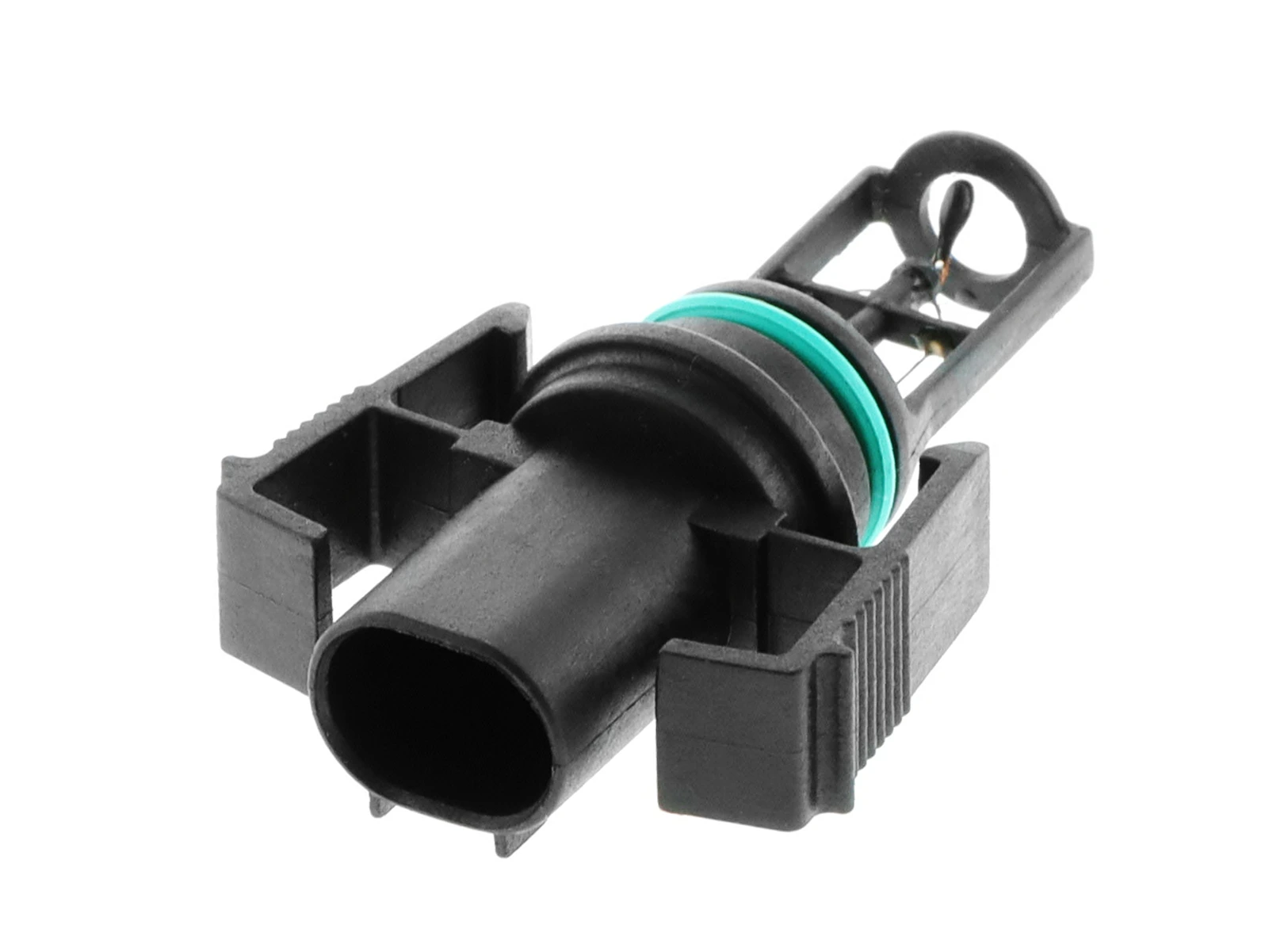
High-Quality Materials
Withstand extreme underhood conditions
Direct-Fit OE Replacement
For ease of installation
Design Ensures Accuracy
Design specifies tight tolerance thermistor response values to ensure accuracy of temperature measurement and proper operation
AX129 | Mercedes-Benz Cars, SUVs & Vans (2020-96)
Air Intake Temp Sensor Videos
The StandardBrand YouTube channel features product and technical information, installation videos, training videos and more. With more than 650 videos (and growing), the StandardBrand YouTube channel has proven to be a valuable resource for technicians and parts professionals alike.
Honda 3.5 Liter Intake Air Temperature Sensor Replacement | Installation Spotlight
Jeep Cherokee Intake Air Temperature Sensor Replacement
Intake Air Temp Sensor Replacement
Air Intake Temperature Sensors
Ambient Air Temp Sensor
Features & Benefits
Ambient Air Temp Sensors change resistance with temperature, information the computer then uses to the trim the air/fuel ratio according to air density. Each Standard® Ambient Air Temp Sensor is a direct-fit OE replacement, manufactured from the highest-quality materials.
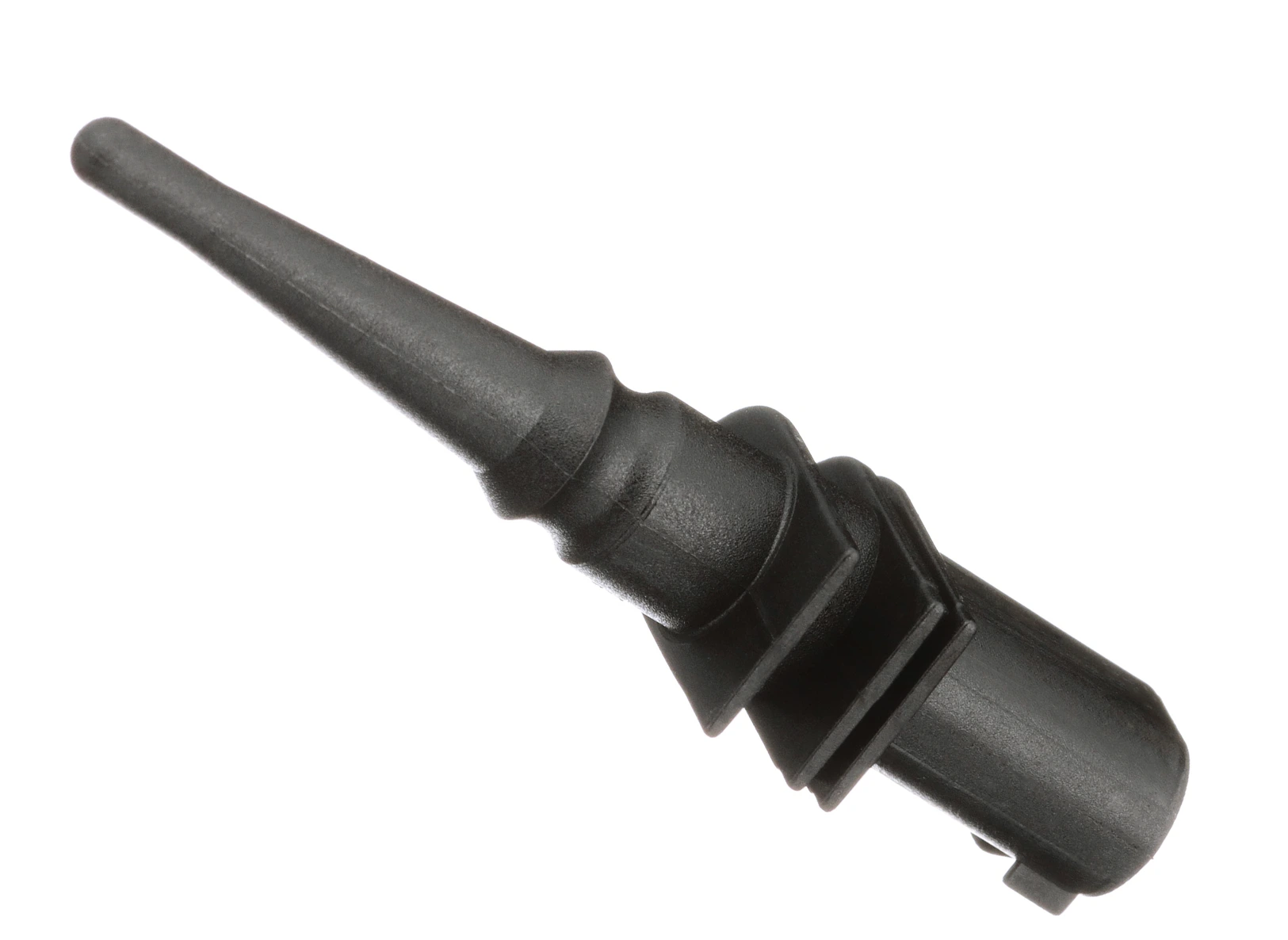
Direct-Fit OE Replacement
For ease of installation
High-Quality Materials
Withstand extreme underhood conditions
Extensive Design Process
Undergoes extensive design and manufacturing processes to ensure superior durability, longevity and performance, even under extreme conditions
AX203 | BMW Cars & SUVs (2022-95)
Ambient Air Temp Sensor Videos
The StandardBrand YouTube channel features product and technical information, installation videos, training videos and more. With more than 650 videos (and growing), the StandardBrand YouTube channel has proven to be a valuable resource for technicians and parts professionals alike.
Standard Brand - Here Is What's In Our Box
When OE Fails...Trust Standard®
The Standard® Advantage
Ambient Air Temperature Sensors
Coolant Temp Sensors
Features & Benefits
The coolant temperature sensor monitors coolant temperature and is critical to many PCM functions such as fuel injection, ignition timing, variable valve timing and transmission shifting. The engine can be in danger of damage if it operates at too high of a temperature. Each Standard® Coolant Temperature Sensor is environmental and 100% functional tested to ensure optimum performance and durability out of the box.
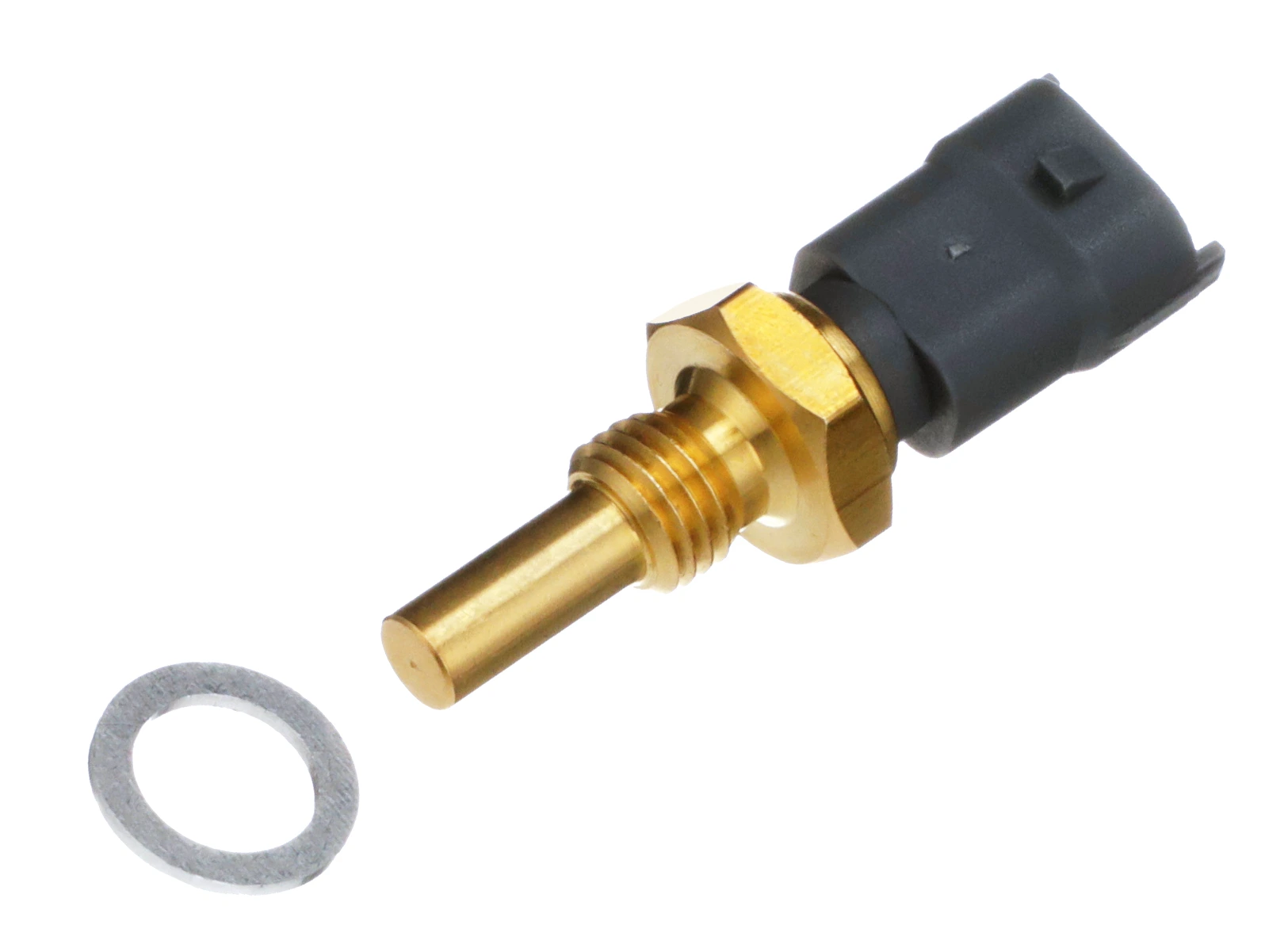
Precision-Machined Brass Housing
Maximizes thermal conductivity between sensor body and coolant
Design Ensures Accuracy
Design specifies tight tolerance thermistor response values to ensure accuracy of temperature measurement and proper operation
Durable Connector
Glass fiber-reinforced plastic polymer connector ensures dimensional stability and proper mating connector fit across temperature extremes
AX54 | GM Cars, SUVs, Trucks & Vans (2022-97)
Coolant Temp Sensor Videos
The StandardBrand YouTube channel features product and technical information, installation videos, training videos and more. With more than 650 videos (and growing), the StandardBrand YouTube channel has proven to be a valuable resource for technicians and parts professionals alike.
The Standard® Advantage
Standard Brand - Here Is What's In Our Box
When OE Fails...Trust Standard®
Coolant Temperature Sensors
Cylinder Head Temp Sensors
Features & Benefits
Cylinder head temperature sensors monitor the temperature of the cylinder head to ensure that the engine is within safe operating parameters. Standard® Cylinder Head Temperature Sensors are 100% factory tested to ensure proper performance you can trust.
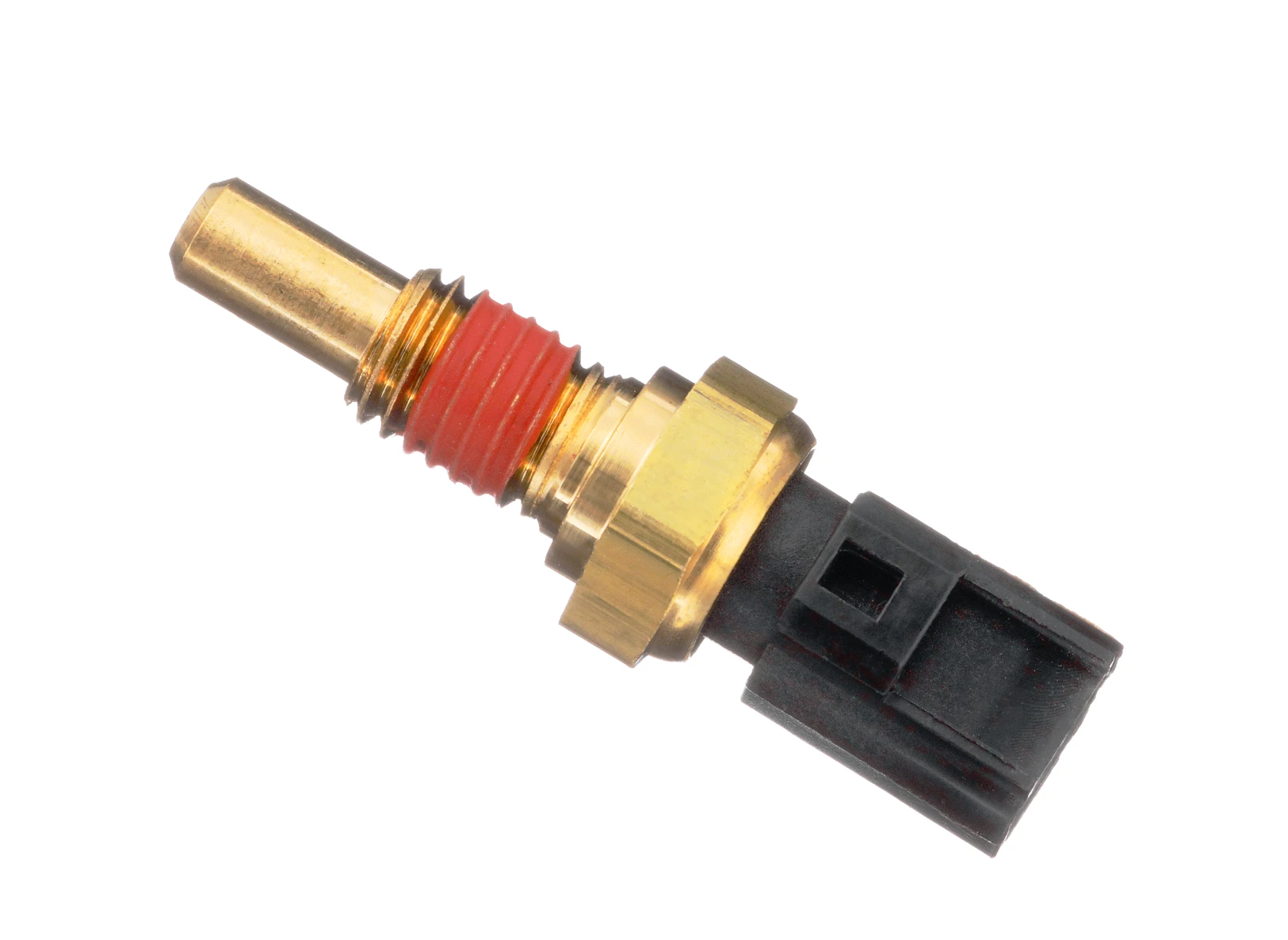
Design Ensures Accuracy
Design specifies tight tolerance thermistor response values to ensure accuracy of temperature measurement and proper operation
100% Tested
To ensure trouble-free performance
Direct-Fit OE Replacement
For ease of installation
TX91 | Ford / Lincoln Cars, SUVs, Trucks & Vans (2019-97)
Cylinder Head Temp Sensor Videos
The StandardBrand YouTube channel features product and technical information, installation videos, training videos and more. With more than 650 videos (and growing), the StandardBrand YouTube channel has proven to be a valuable resource for technicians and parts professionals alike.
SMP Evolving Capabilities
Standard Brand - Here Is What's In Our Box
When OE Fails...Trust Standard®
Cylinder Head Temp Sensors
Exhaust Gas Temp Sensors
Features & Benefits
Standard® Exhaust Gas Recirculation (EGR) Temperature Sensors are designed to specify tight tolerance thermistor response values to ensure the accuracy of temperature measurement and proper operation.
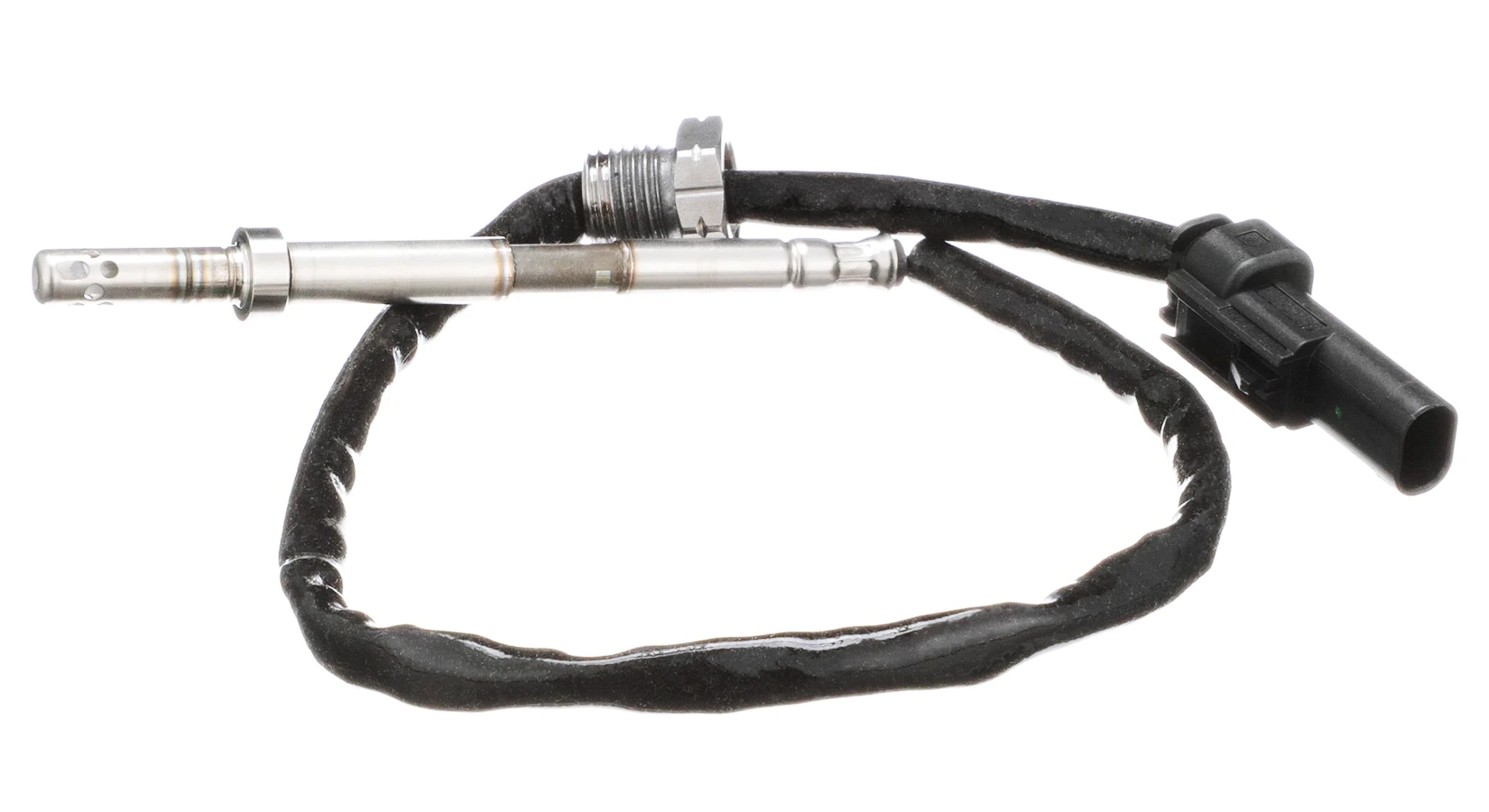
Design Ensures Accuracy
Design specifies tight tolerance thermistor response values to ensure accuracy of temperature measurement and proper operation
High-Quality Materials
Withstand extreme underhood conditions
Direct-Fit OE Replacement
For ease of installation
TX350 | General Motors Trucks (2022-17)
EGR Temp Sensor Videos
The StandardBrand YouTube channel features product and technical information, installation videos, training videos and more. With more than 650 videos (and growing), the StandardBrand YouTube channel has proven to be a valuable resource for technicians and parts professionals alike.
The Standard® Advantage
Standard Brand - Here Is What's In Our Box
When OE Fails...Trust Standard®
EGR Temperature Sensors
Additional Sensors
Tech Tips & Impact on Vehicle Systems
As experienced ASE-certified automotive technicians themselves, Standard® Pro Trainers are experts in engine and sensor technology. Here’s what they say to look out for when replacing a sensor.
An inaccurate wheel speed sensor will make the control module think that a wheel is slipping, and reduce engine torque by limiting the throttle opening. Replacing the throttle body will not fix this problem.
Many sensors share the same supply voltage source, and in many cases, a shorted sensor will make all the sensors on that power supply shut down. Typically the quickest solution is to unplug one sensor at a time and cycle the ignition key to see if the reference voltage returns.
A faulty cam sensor can cause an extended crank situation. When the vehicle is being started, the engine may just continue rotating as the computer is looking for enough information.
When replacing a crankshaft position sensor, make sure the appropriate relearn is performed. Failing to do this may cause the vehicle to misfire and run poorly.
When an engine coolant temp sensor is suspected to be faulty, wait for the vehicle to cool so that the coolant temperature and ambient air temp should match. With the vehicle off, if the temps do not match, then the coolant temp sensor may not be reading correctly.
Due to the location of the accelerator pedal sensor and the amount of moisture or condensation that comes from wet floor mats and/or drivers’ wet feet, it is advisable to use dielectric grease on the electrical connector.
An inaccurate wheel speed sensor will make the control module think that a wheel is slipping, and reduce engine torque by limiting the throttle opening. Replacing the throttle body will not fix this problem.
Many sensors share the same supply voltage source, and in many cases, a shorted sensor will make all the sensors on that power supply shut down. Typically the quickest solution is to unplug one sensor at a time and cycle the ignition key to see if the reference voltage returns.
A faulty cam sensor can cause an extended crank situation. When the vehicle is being started, the engine may just continue rotating as the computer is looking for enough information.
When replacing a crankshaft position sensor, make sure the appropriate relearn is performed. Failing to do this may cause the vehicle to misfire and run poorly.
When an engine coolant temp sensor is suspected to be faulty, wait for the vehicle to cool so that the coolant temperature and ambient air temp should match. With the vehicle off, if the temps do not match, then the coolant temp sensor may not be reading correctly.
Due to the location of the accelerator pedal sensor and the amount of moisture or condensation that comes from wet floor mats and/or drivers’ wet feet, it is advisable to use dielectric grease on the electrical connector.
Check Out Our Available Pro Training Classes
Training, Installation & Product Videos
Viewing video(s) 1-29 of 29

No results found
